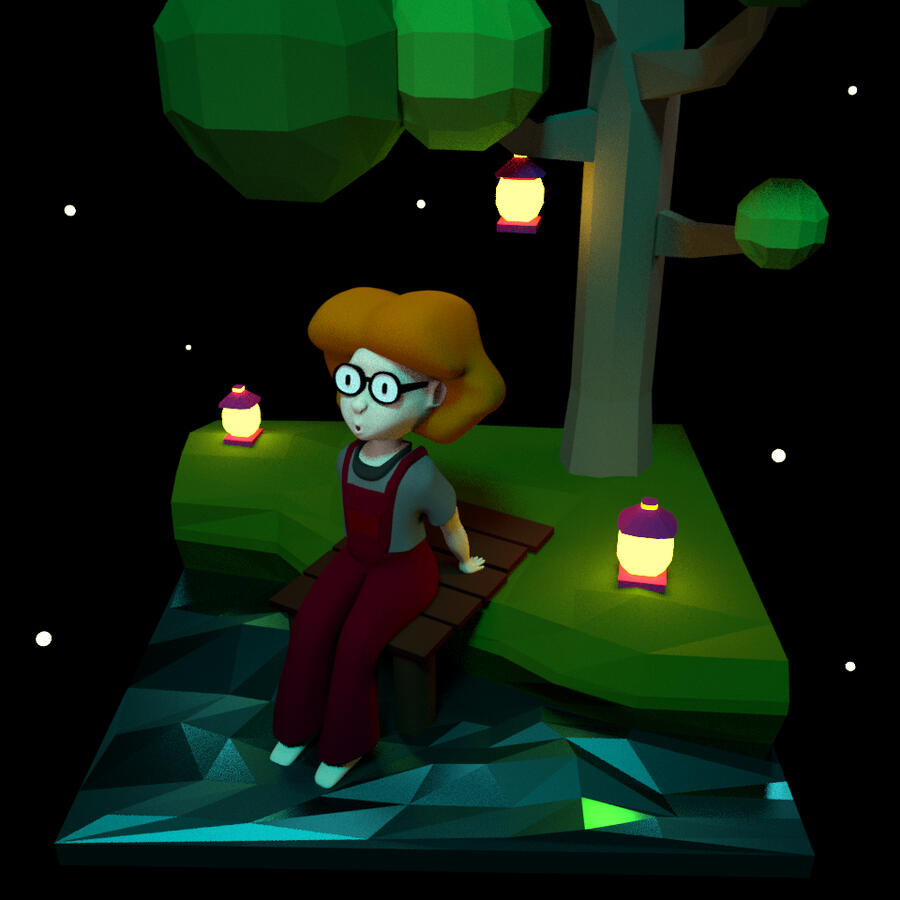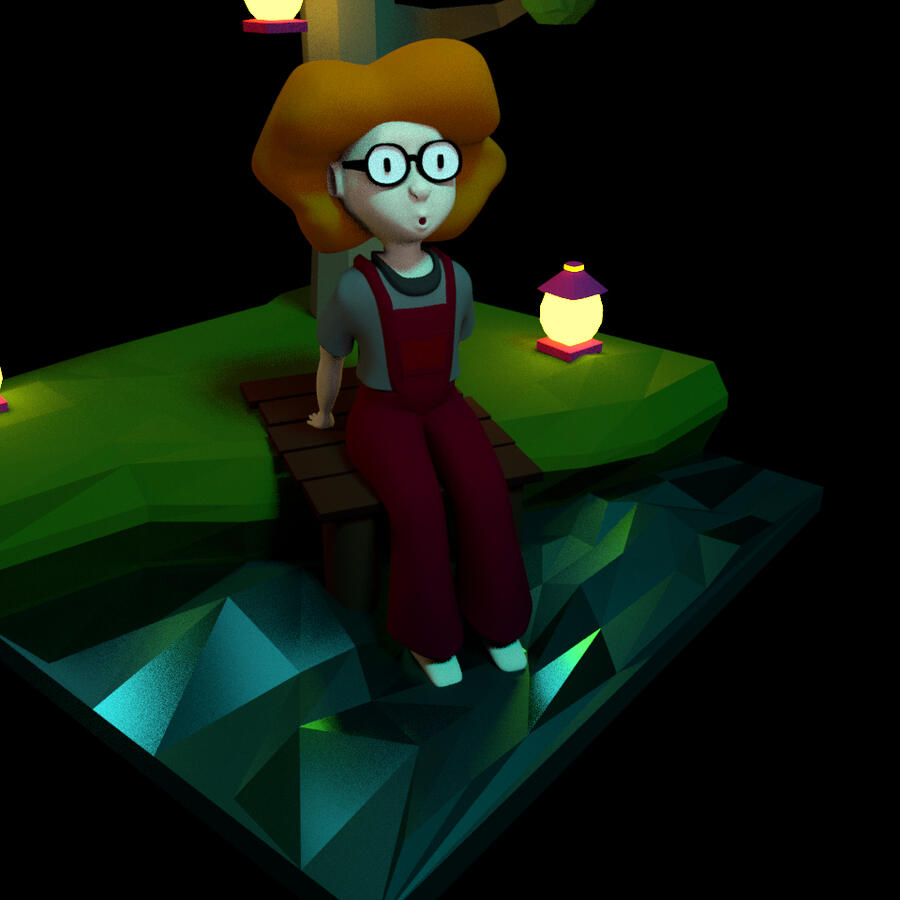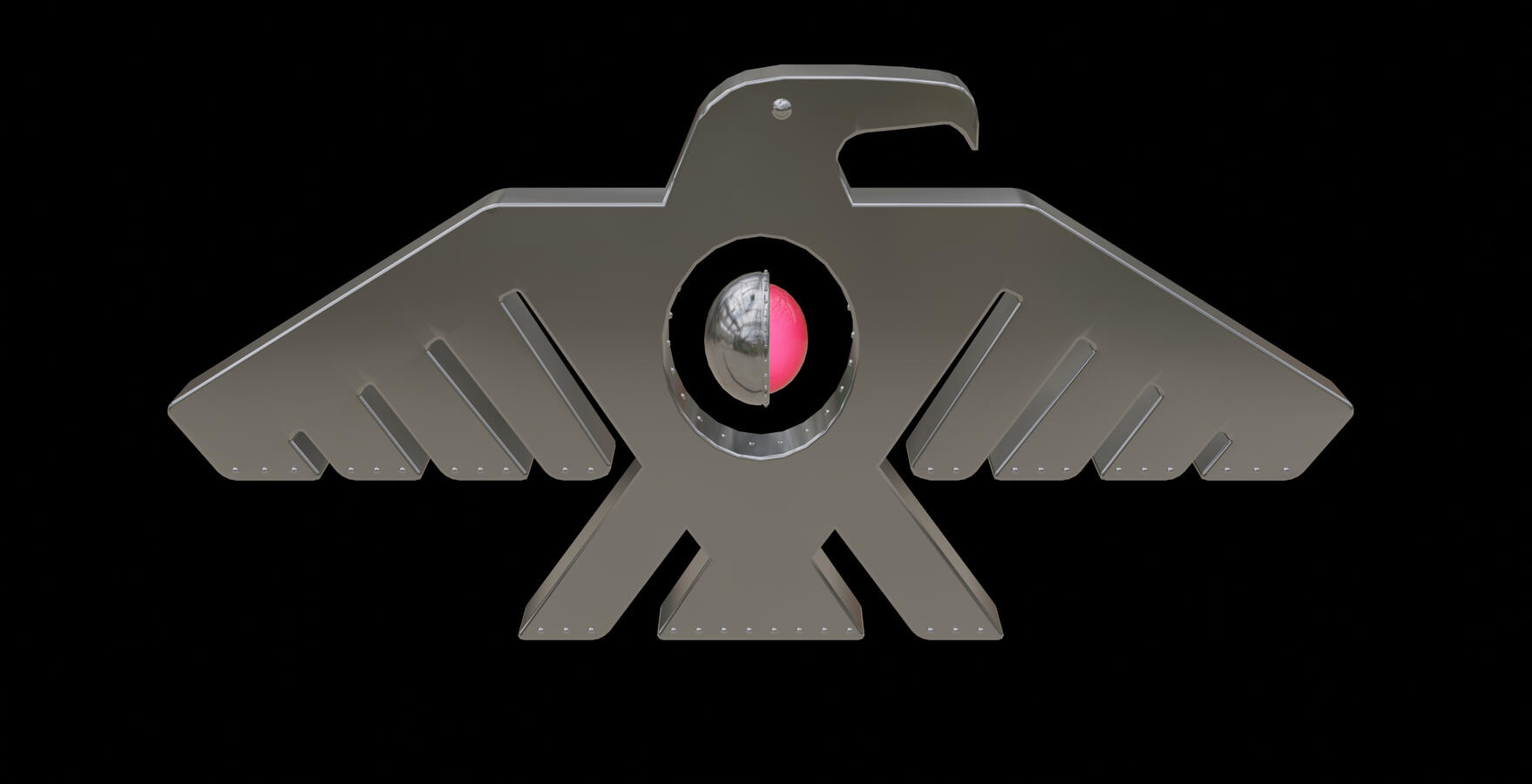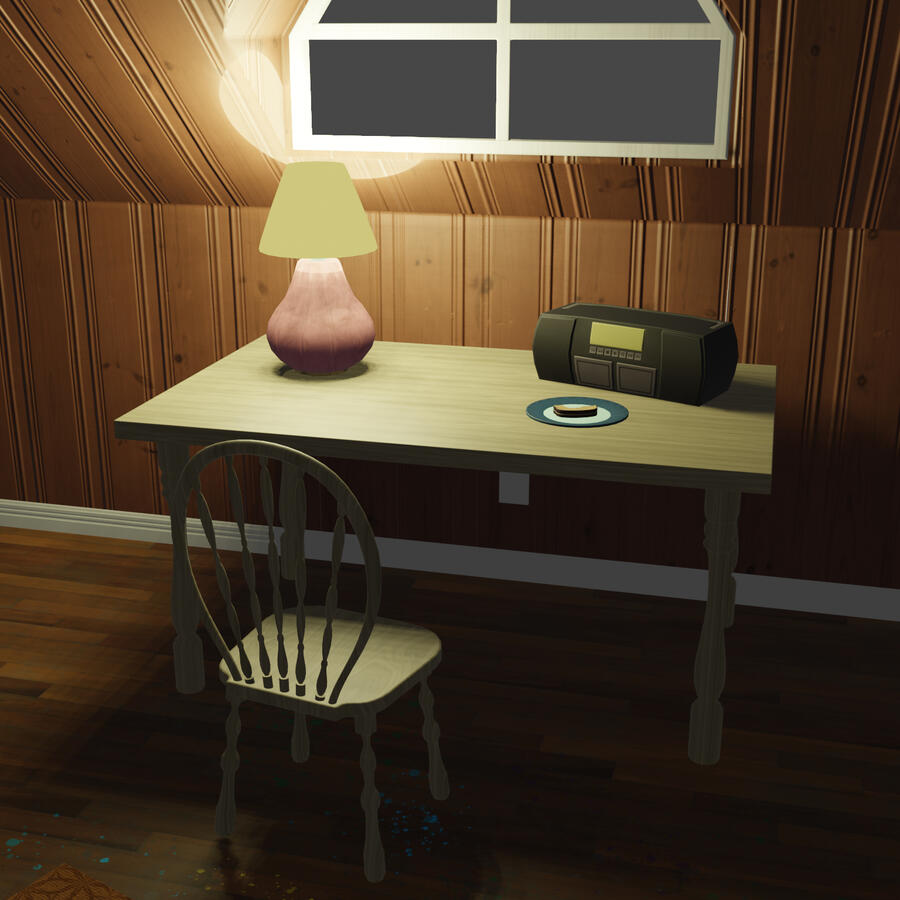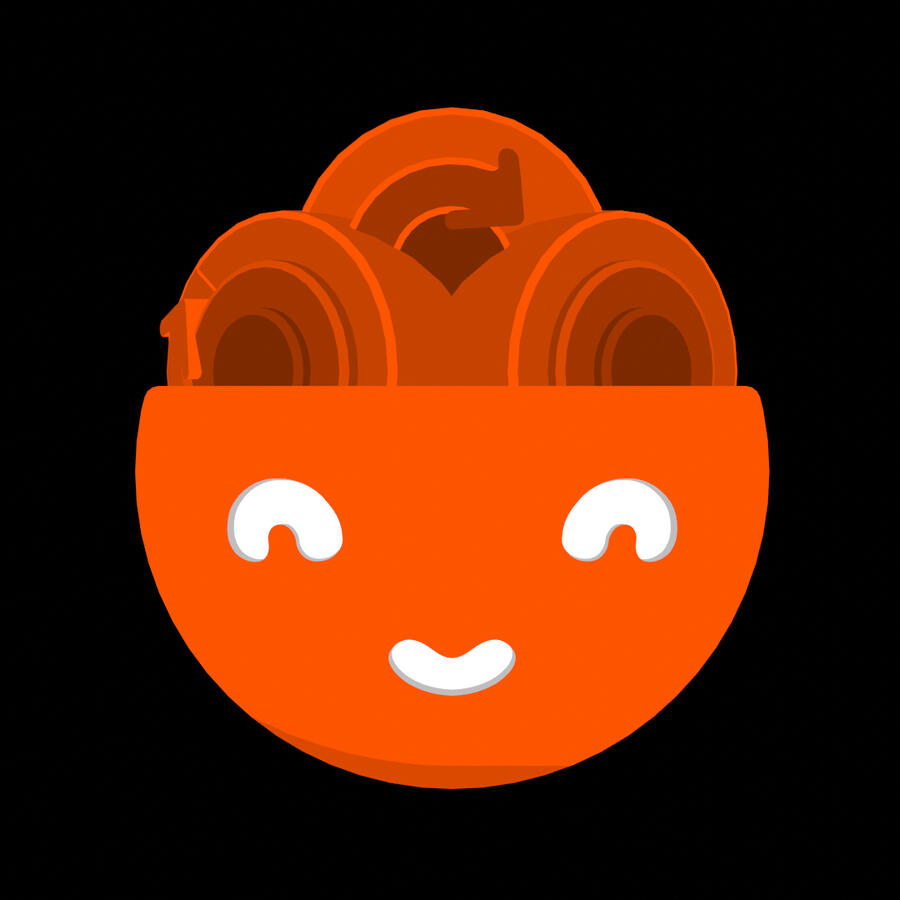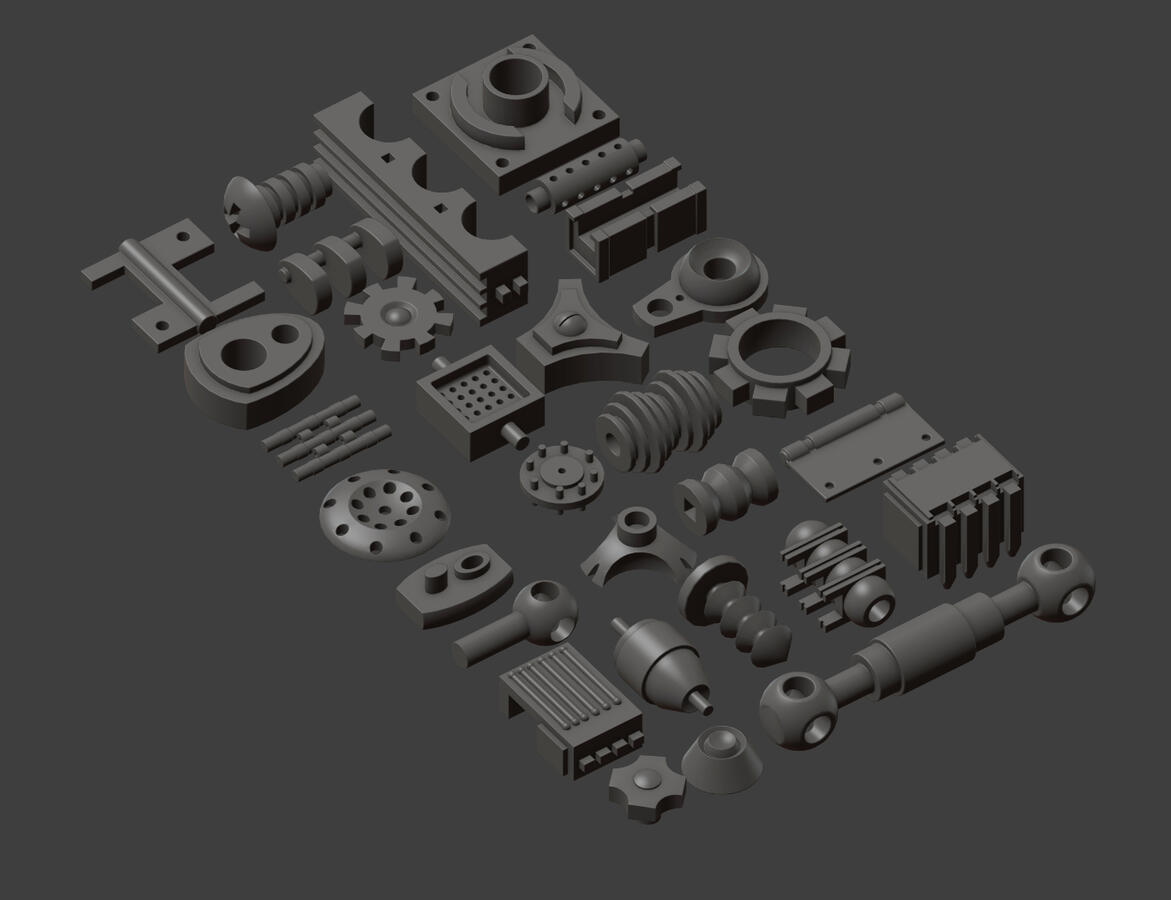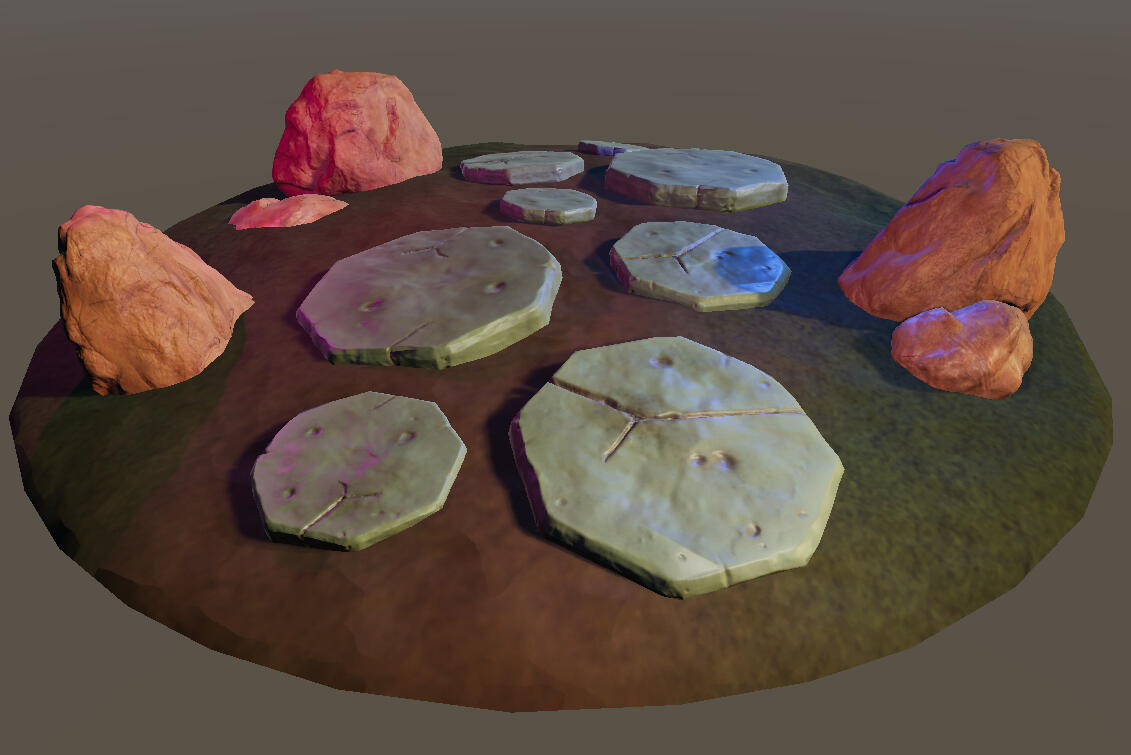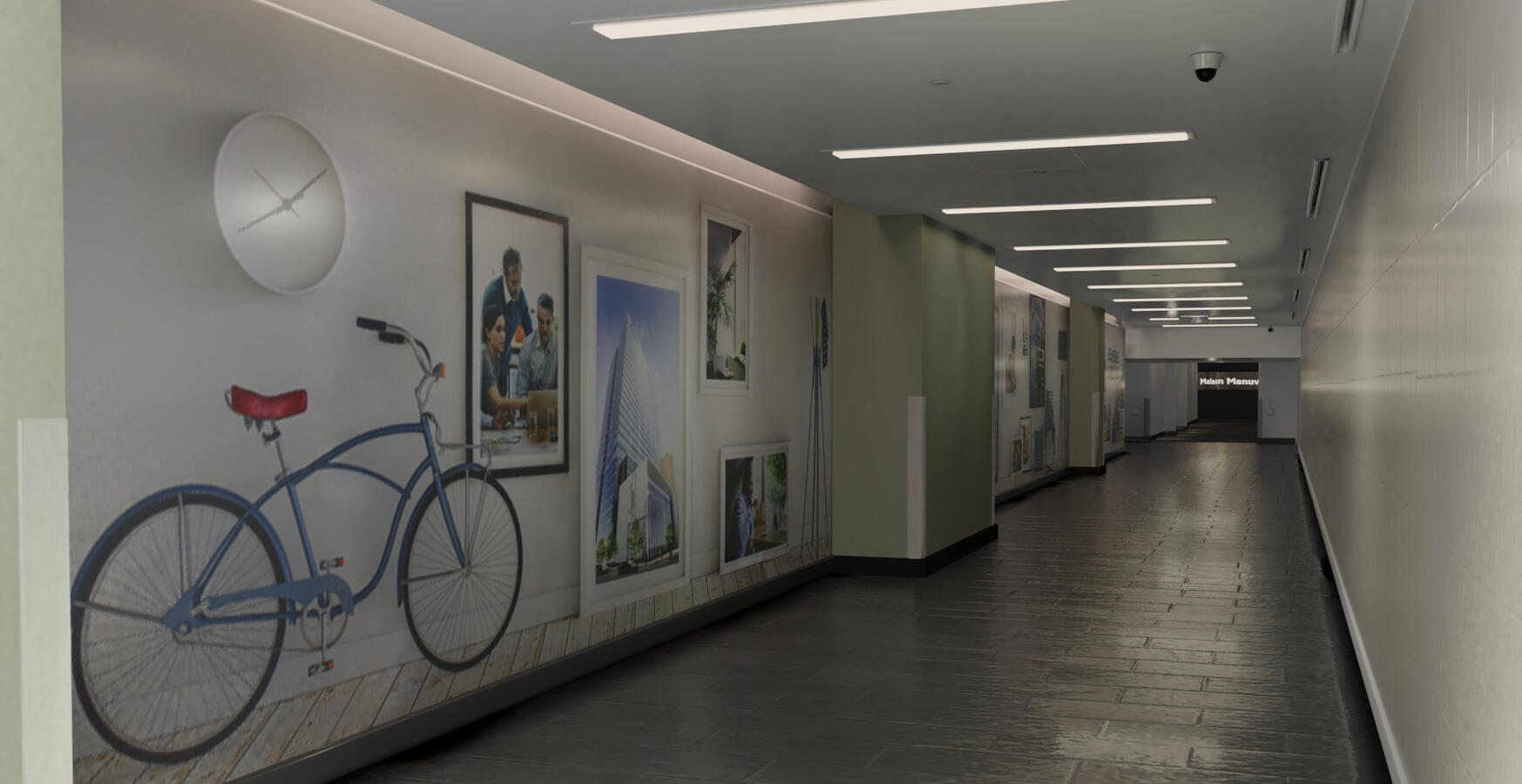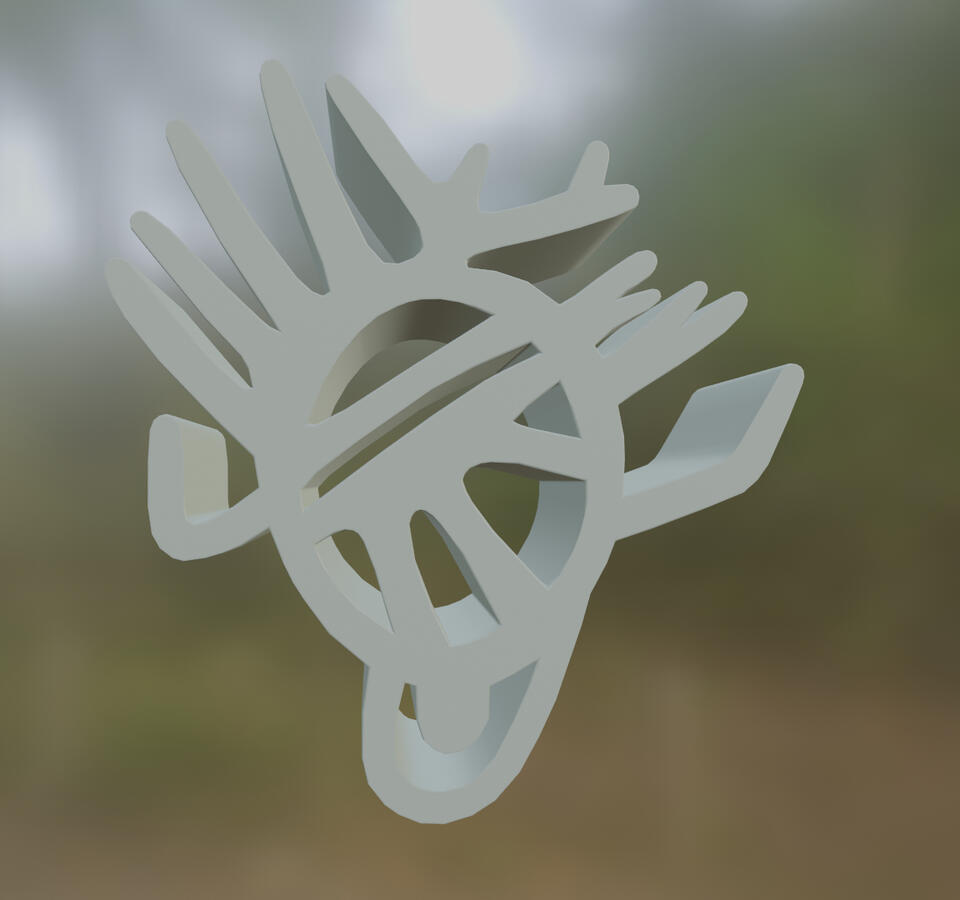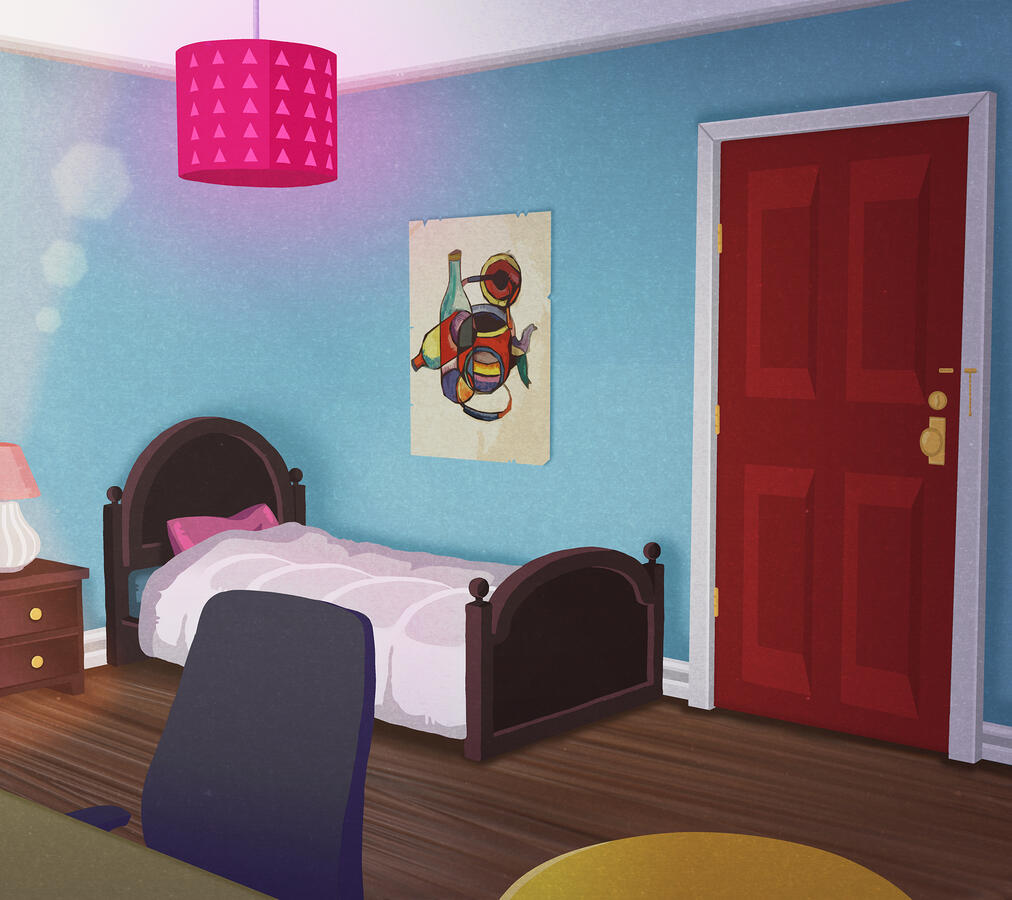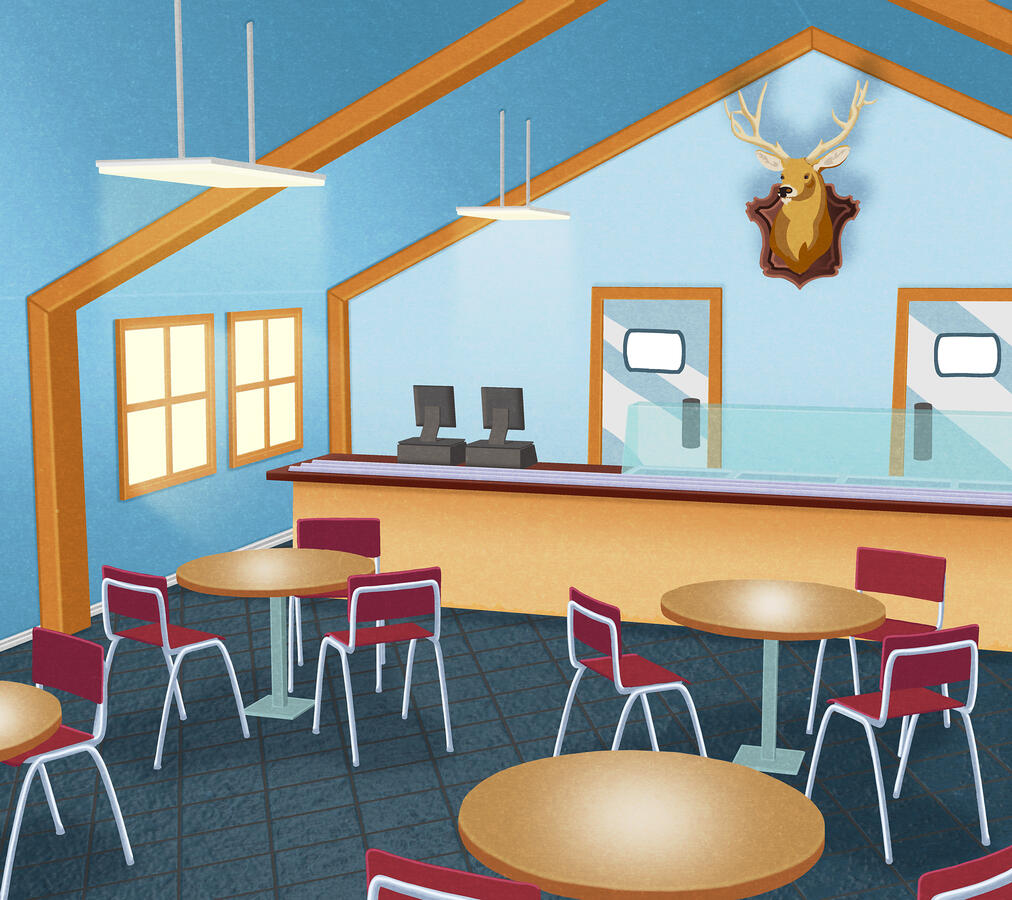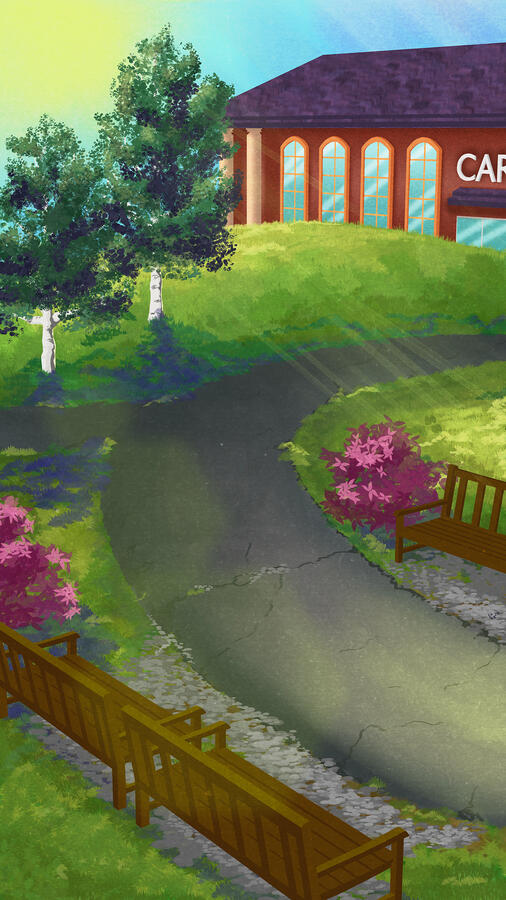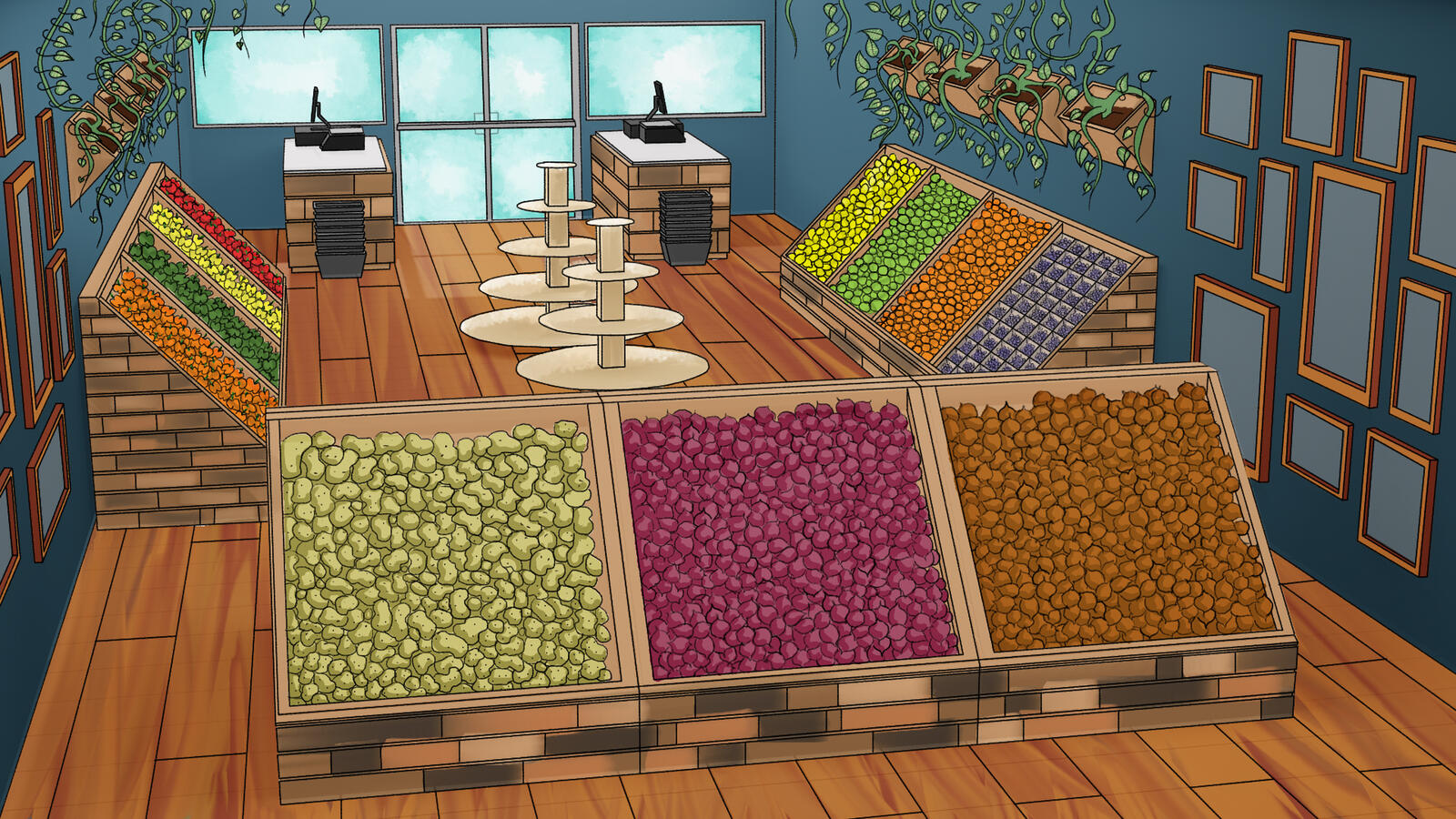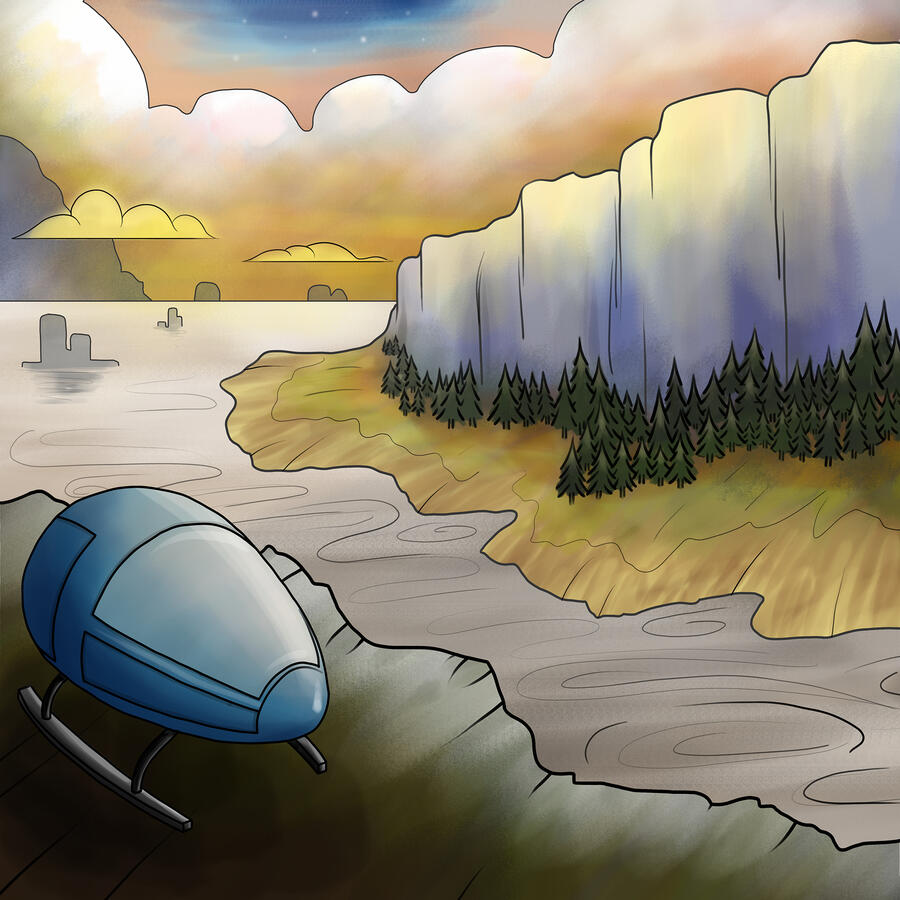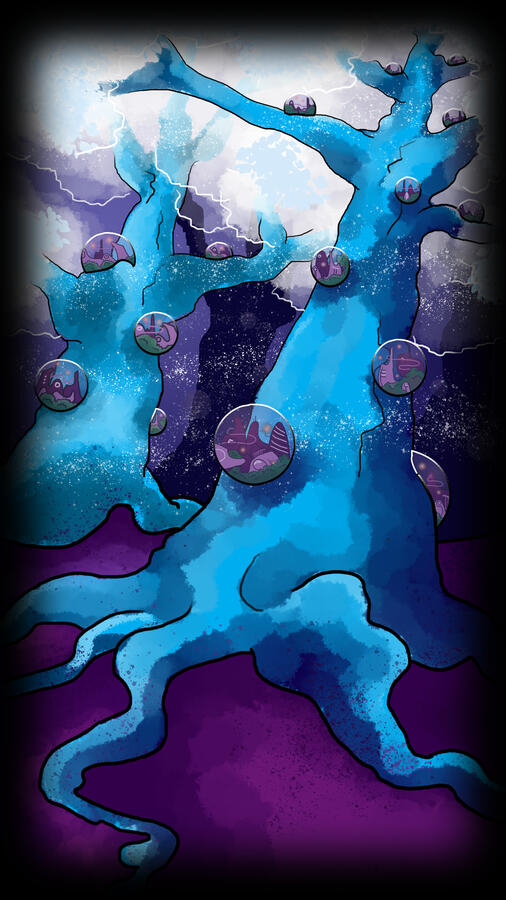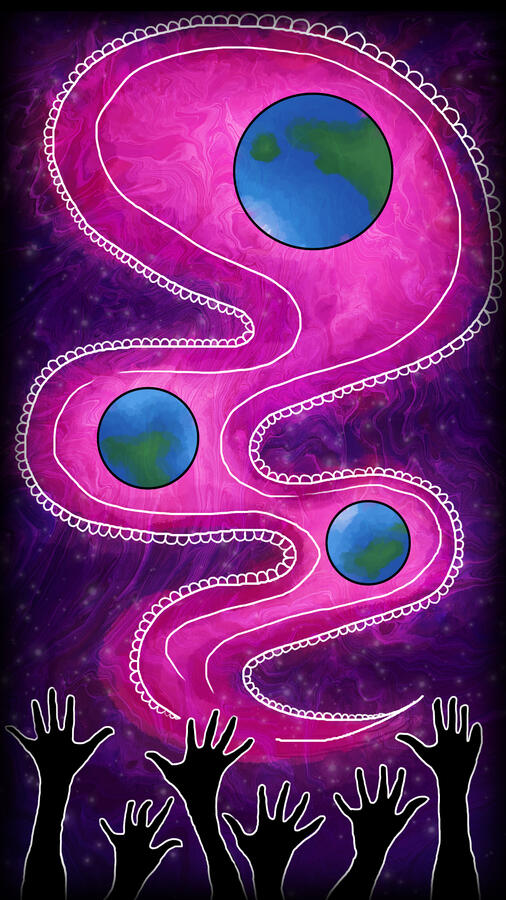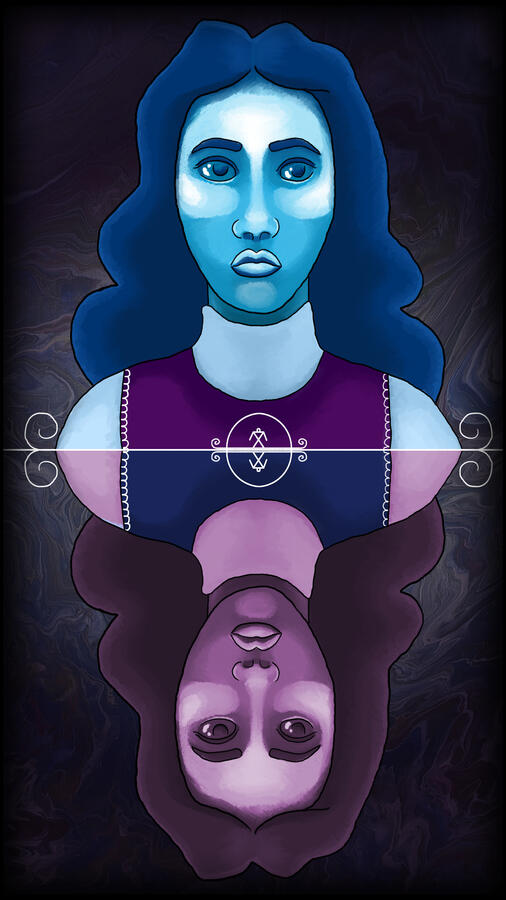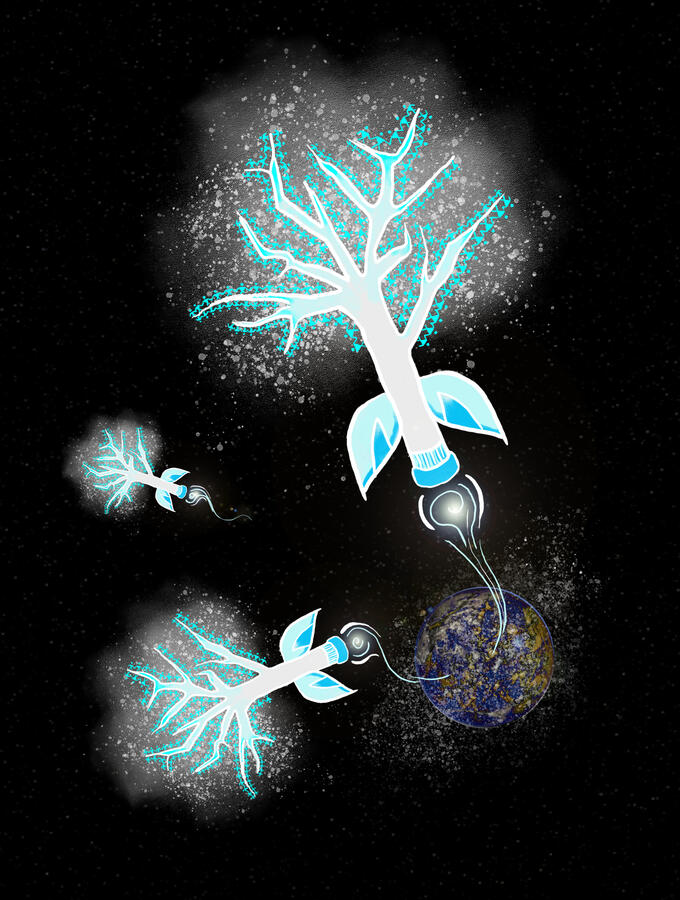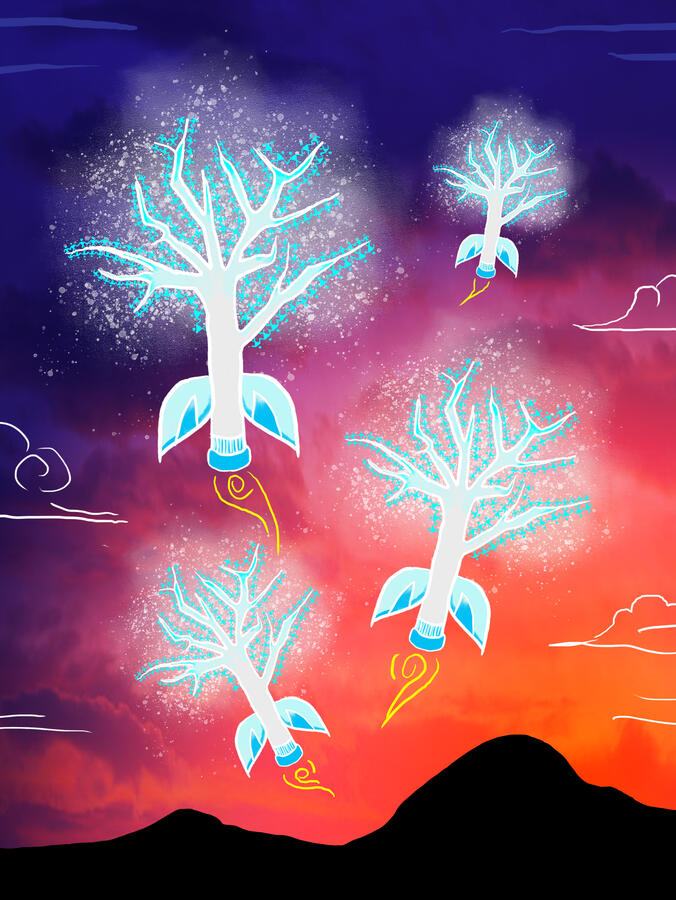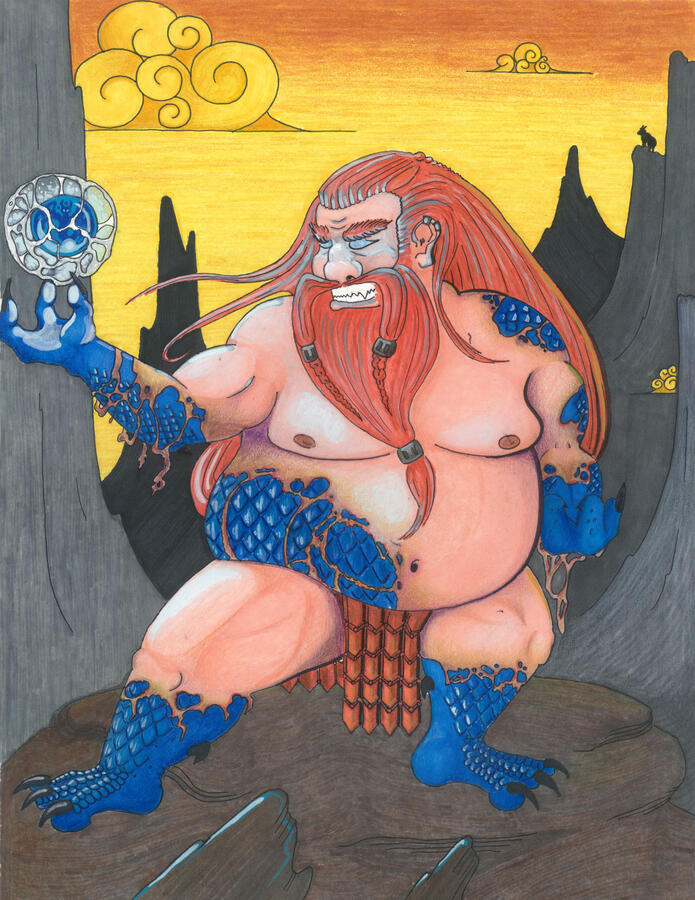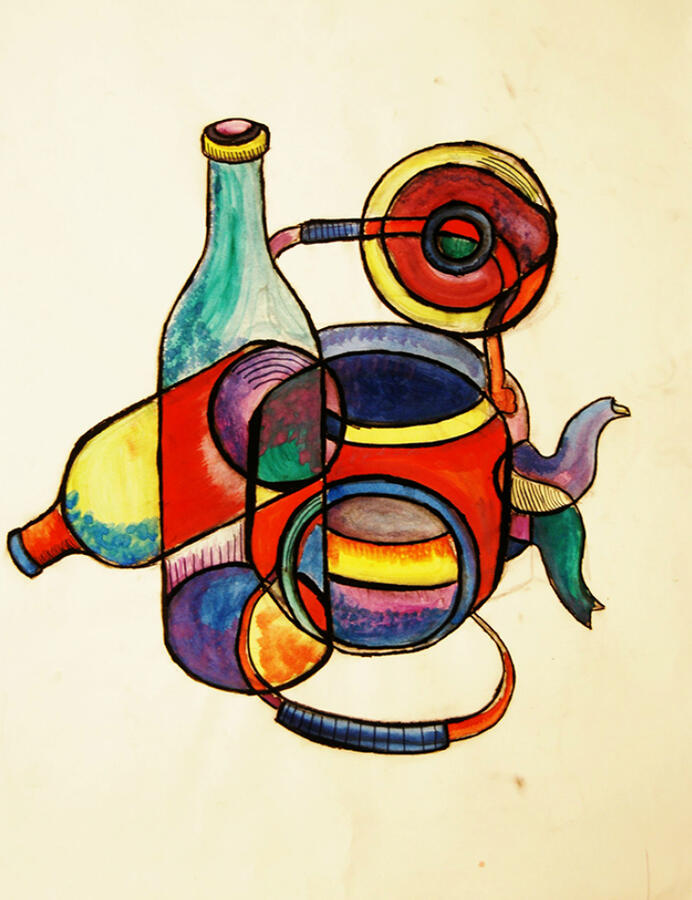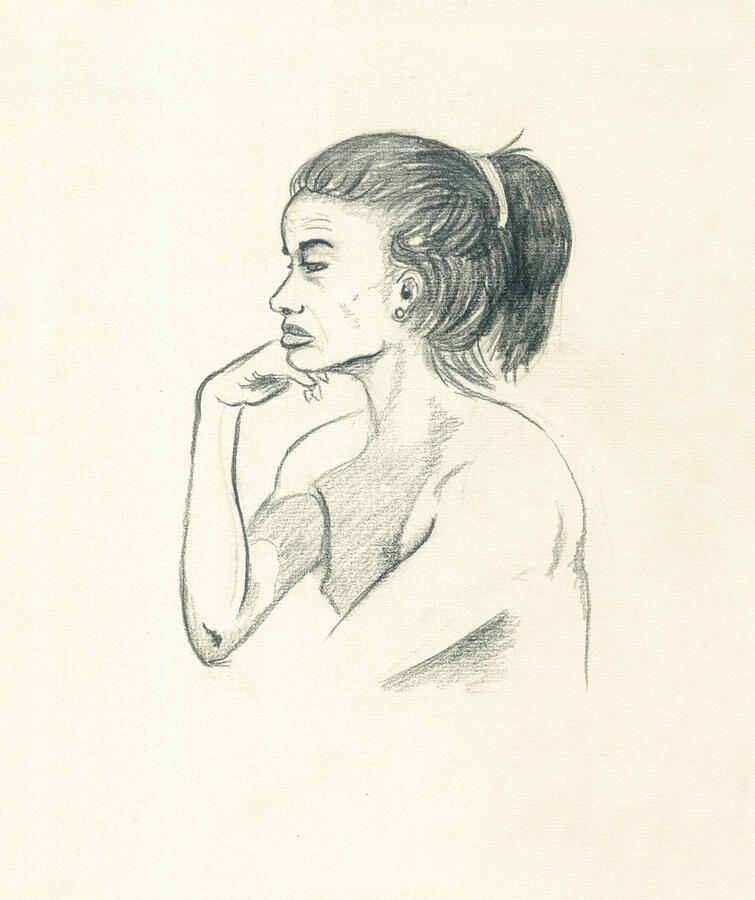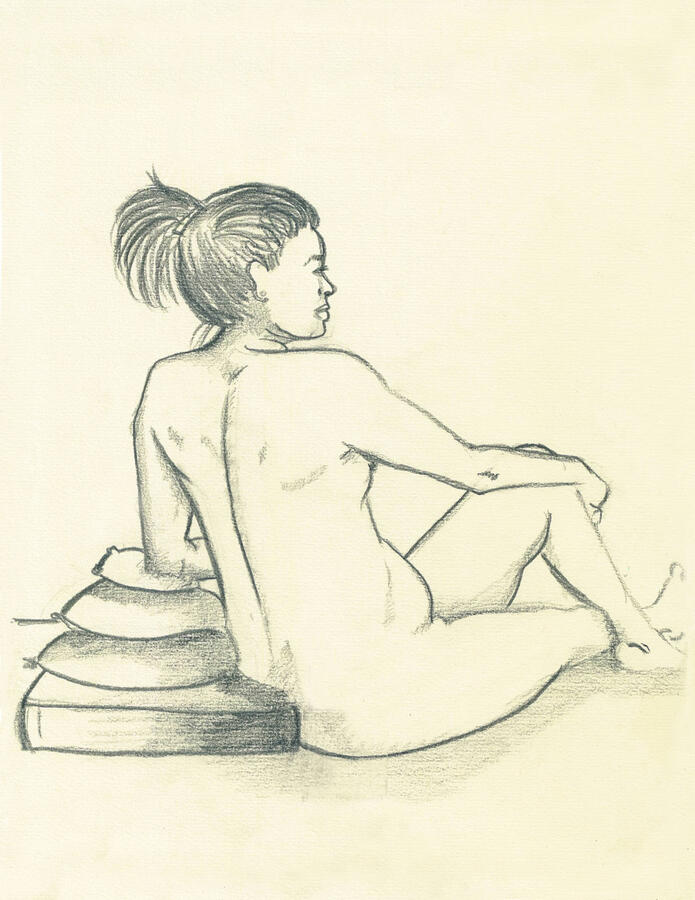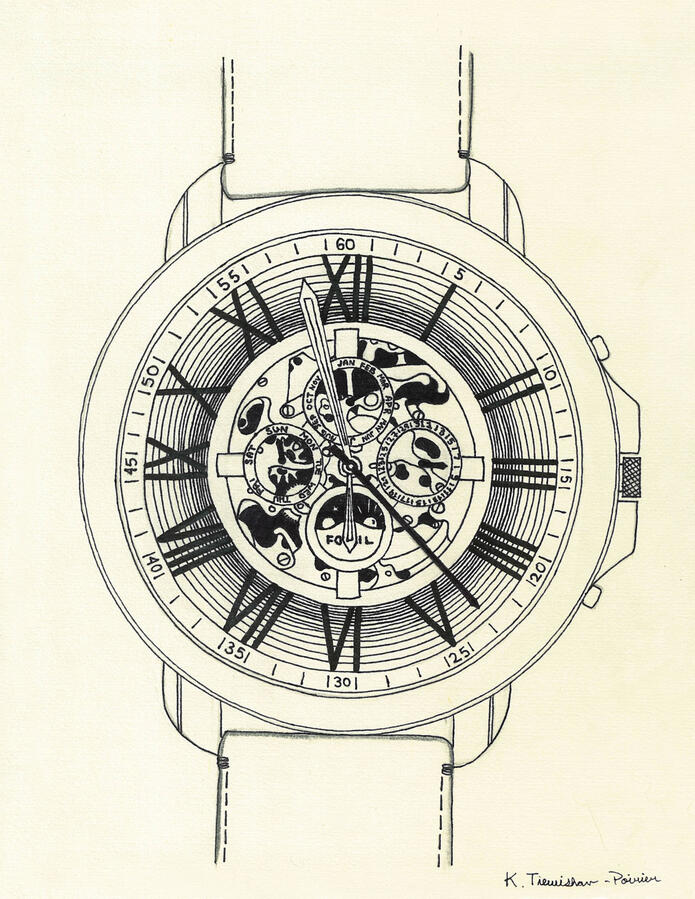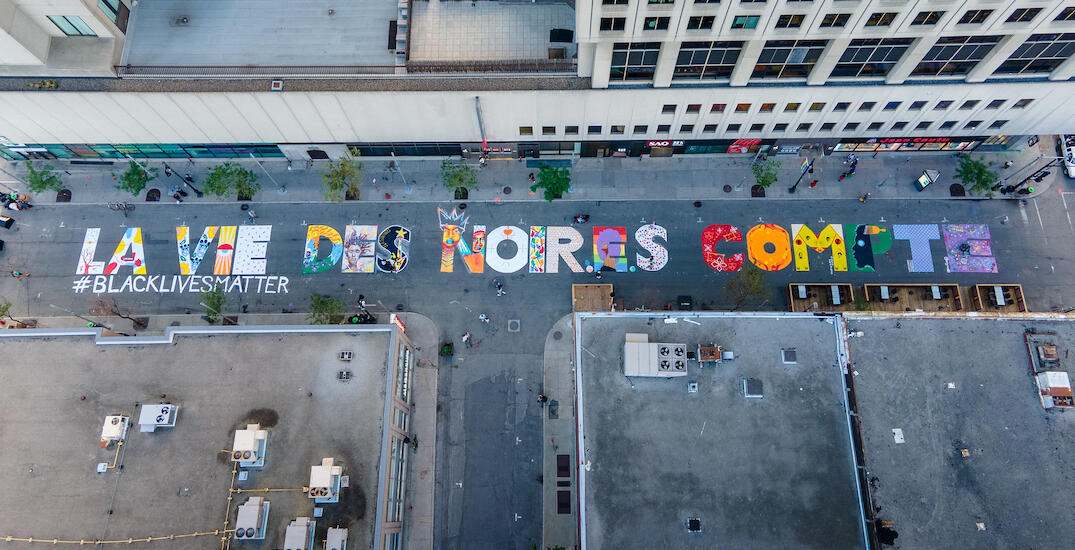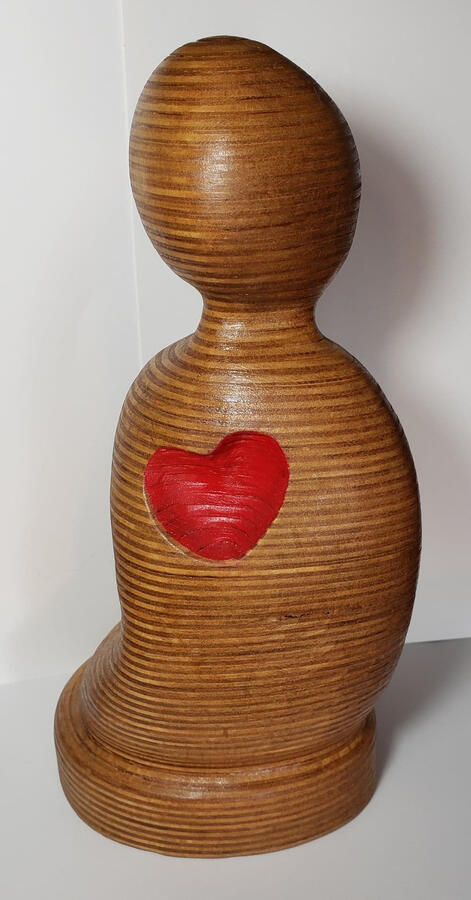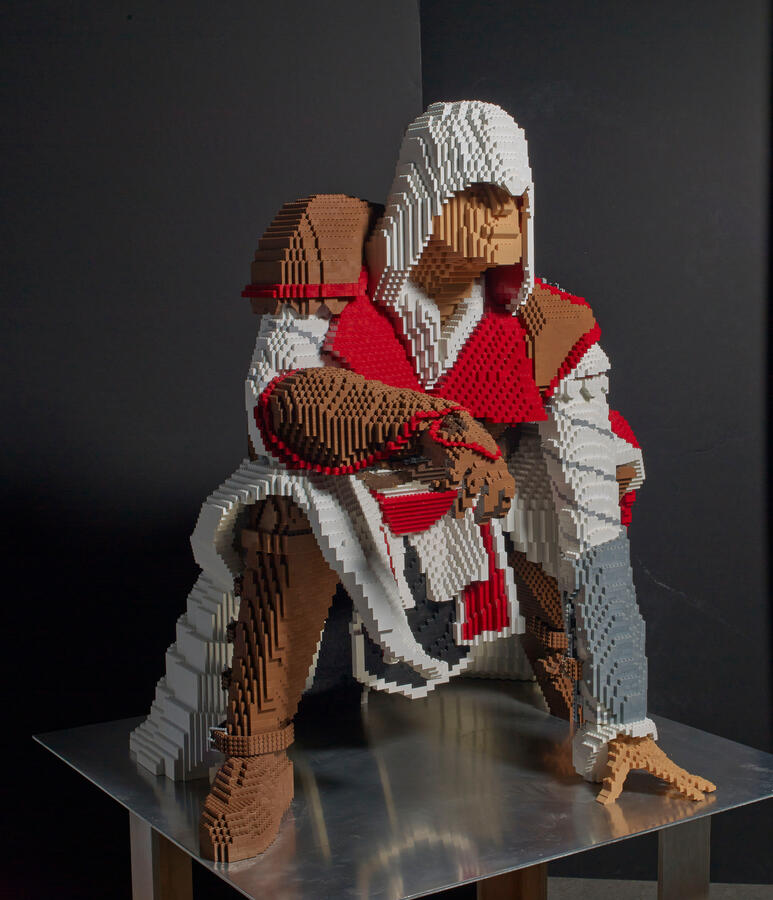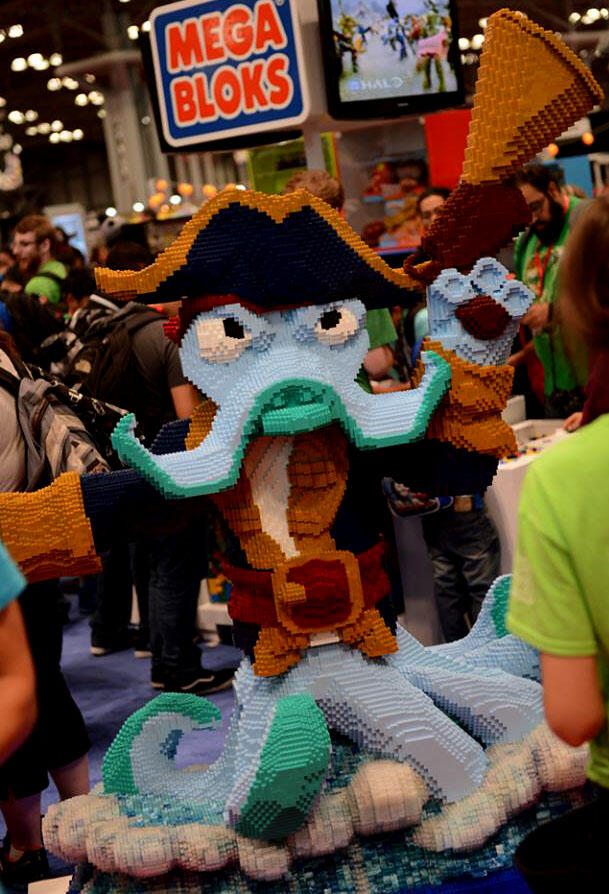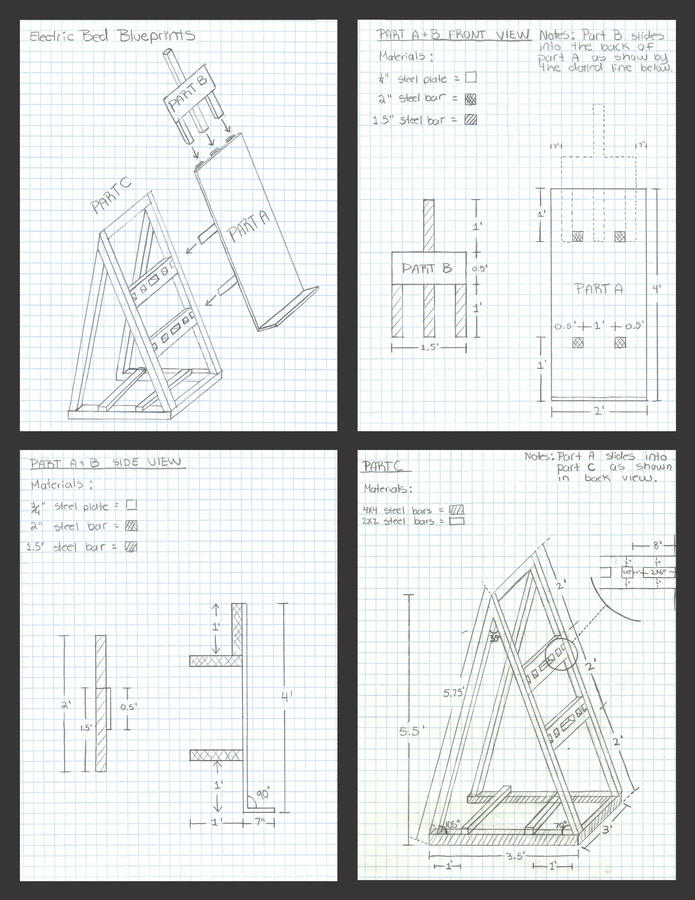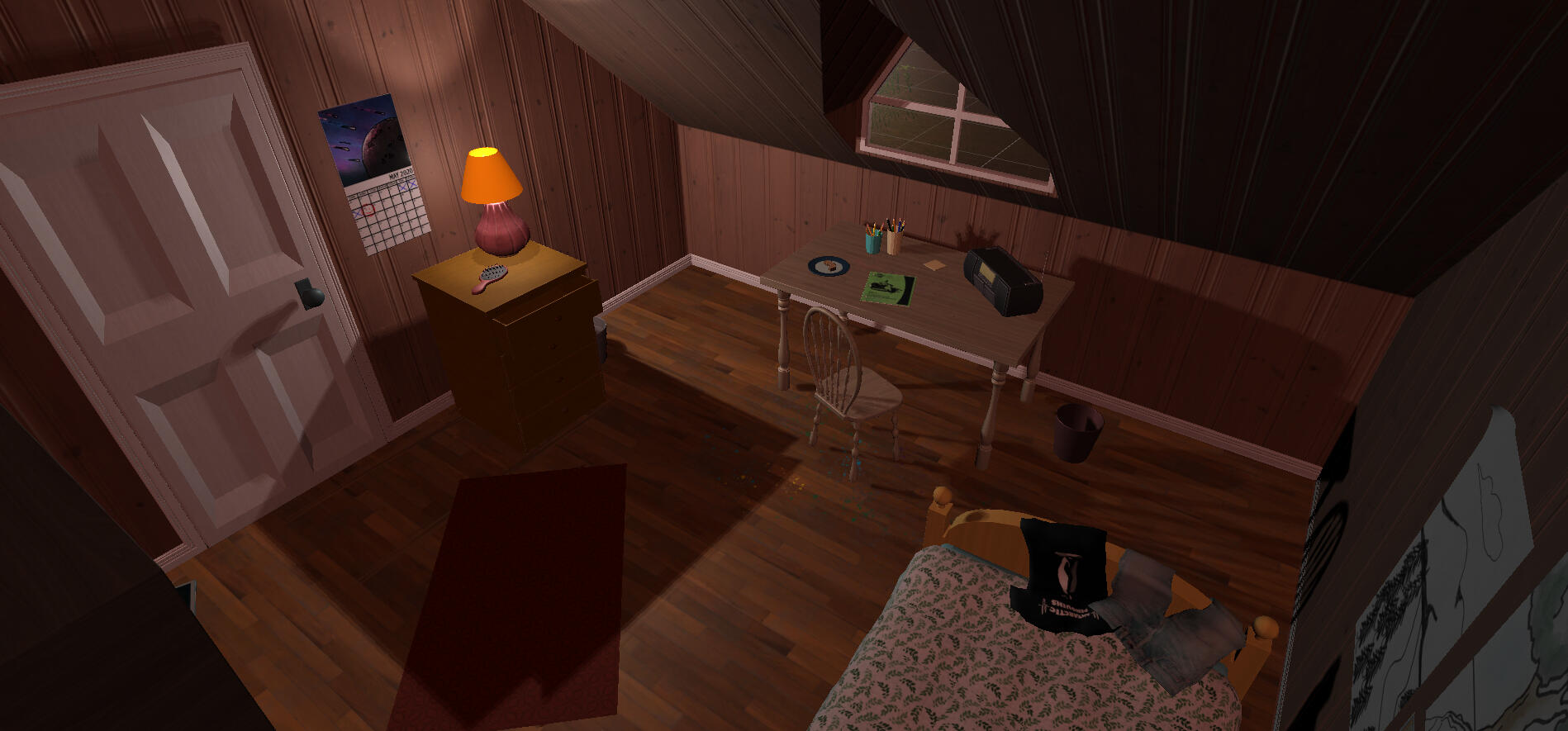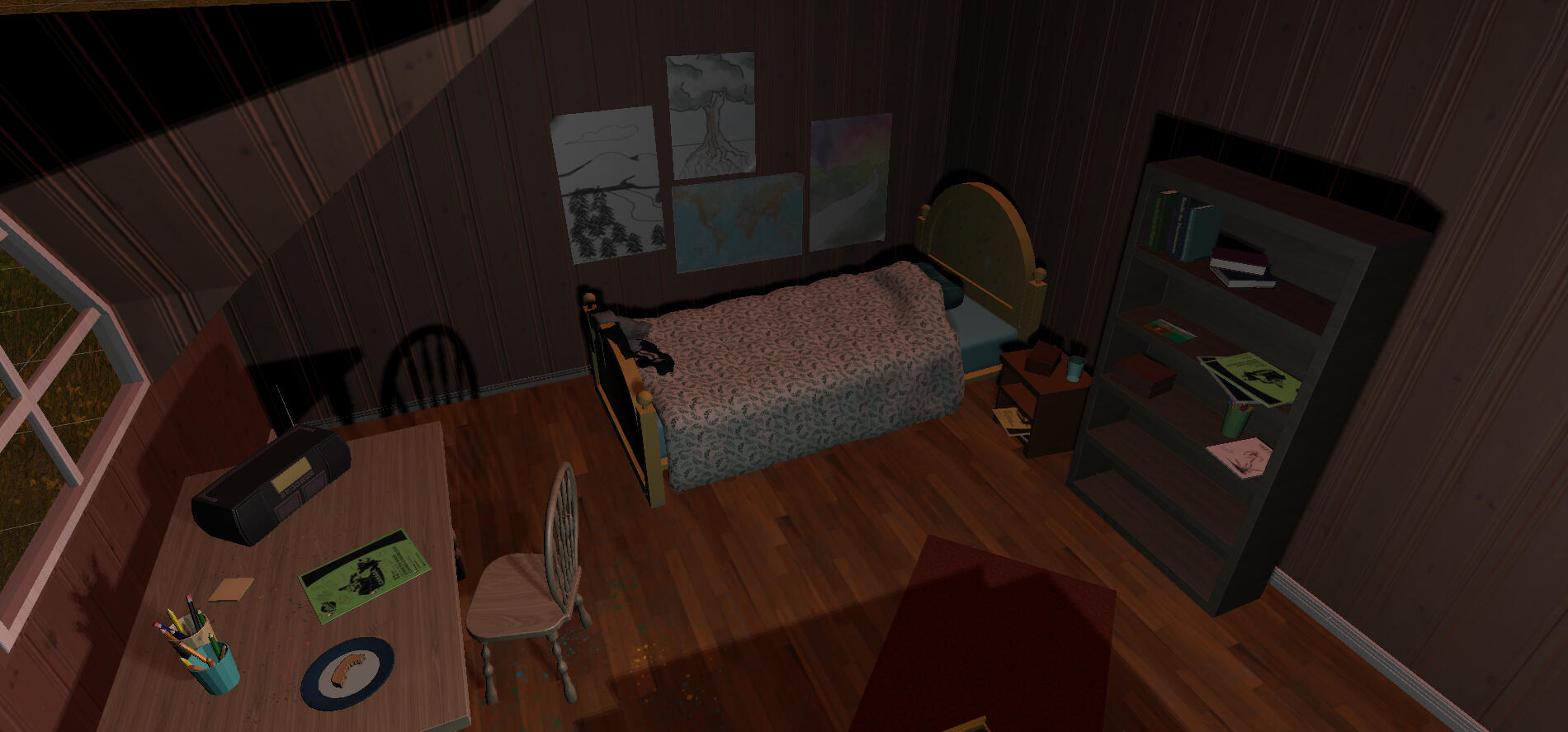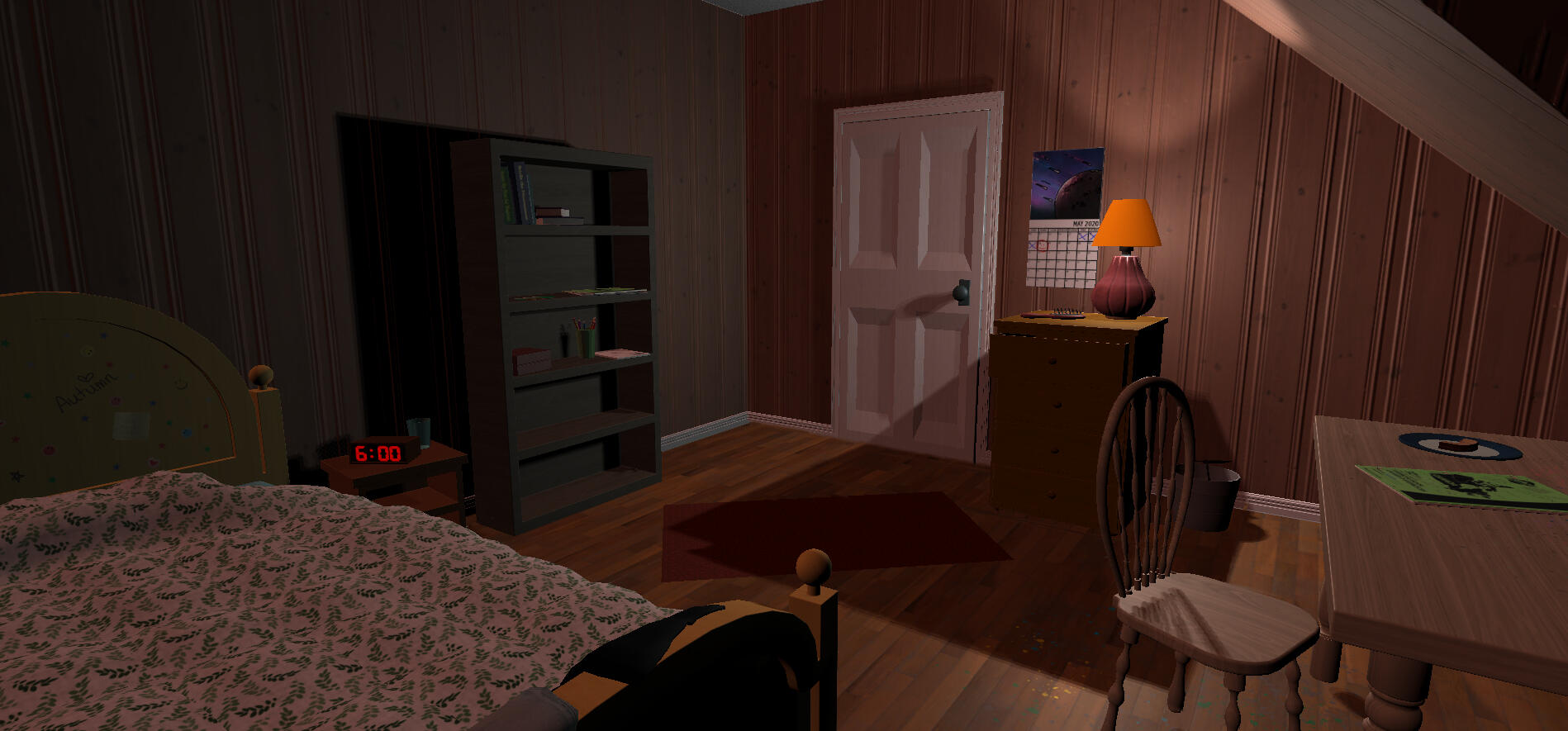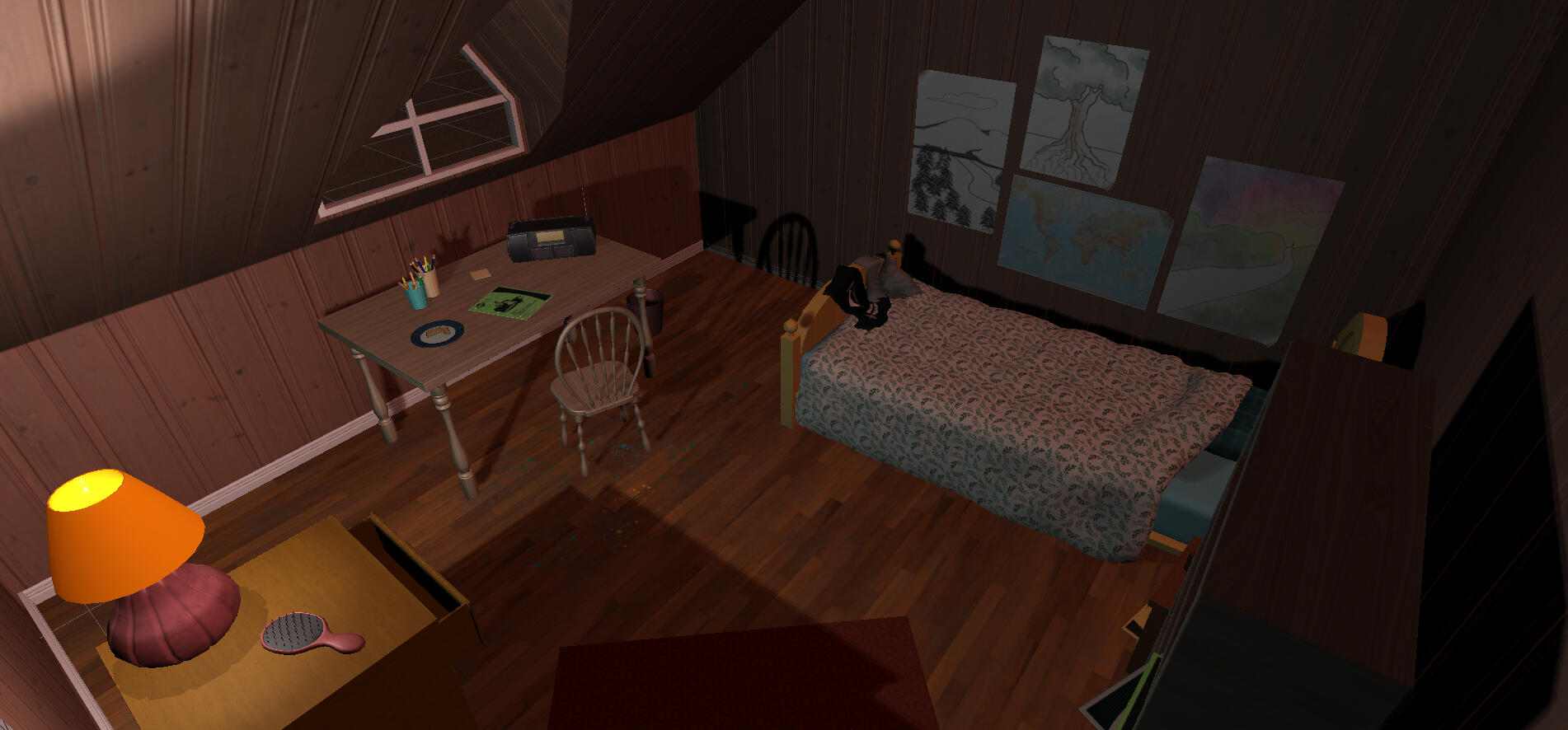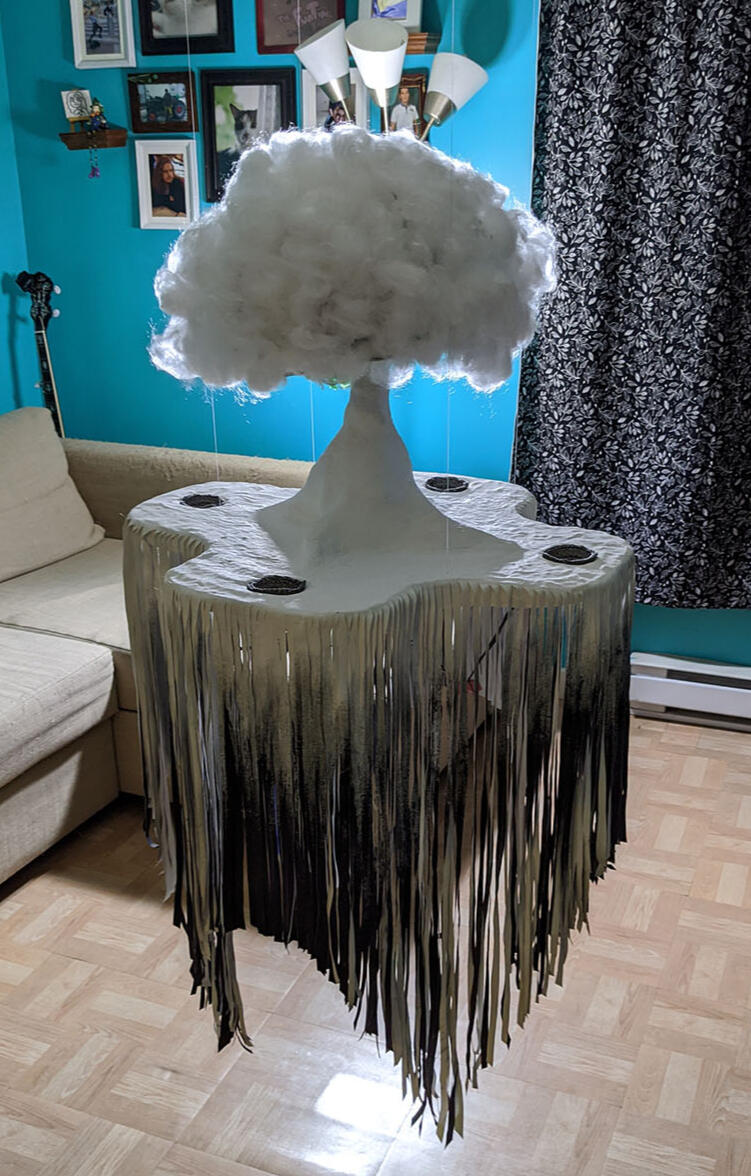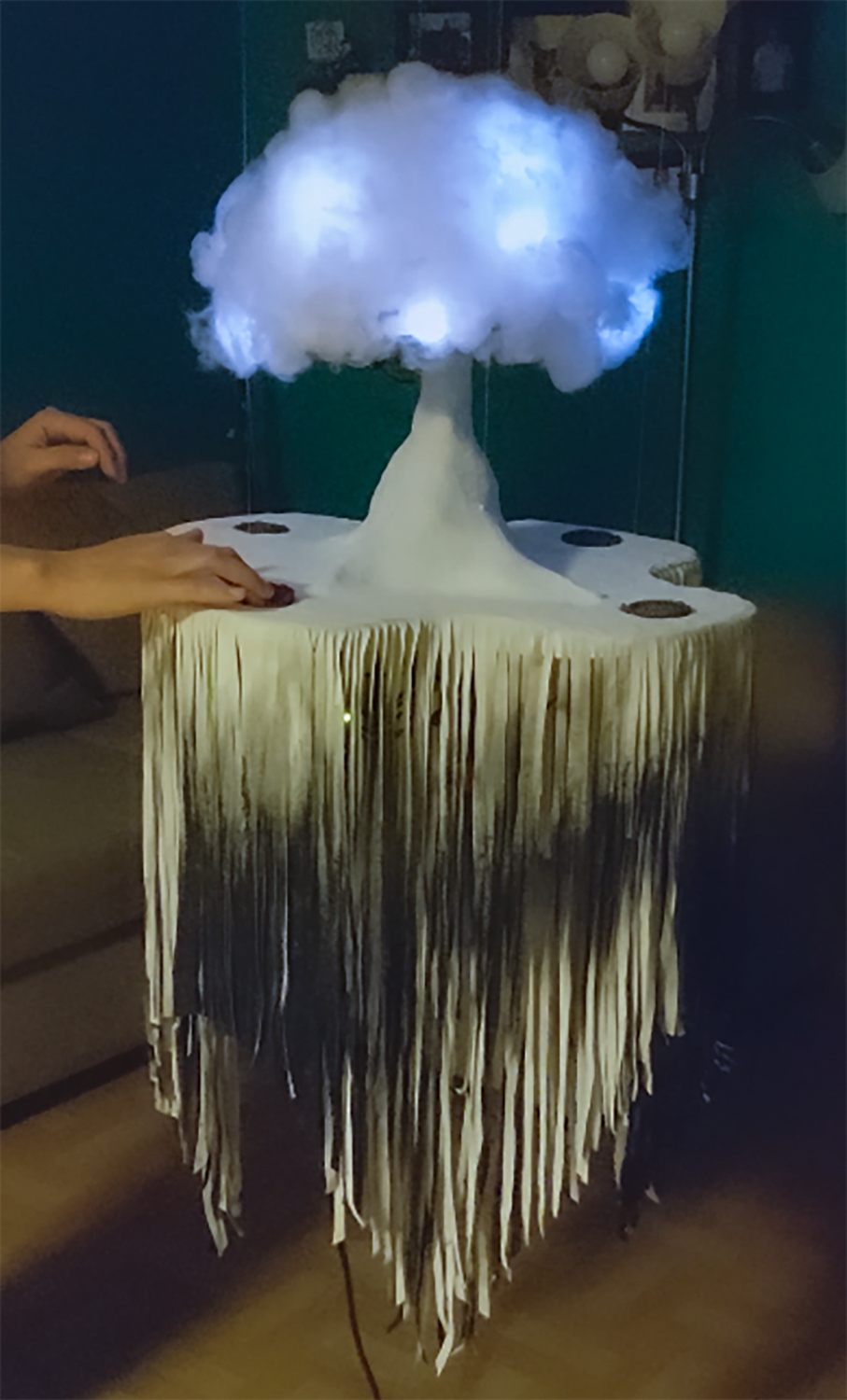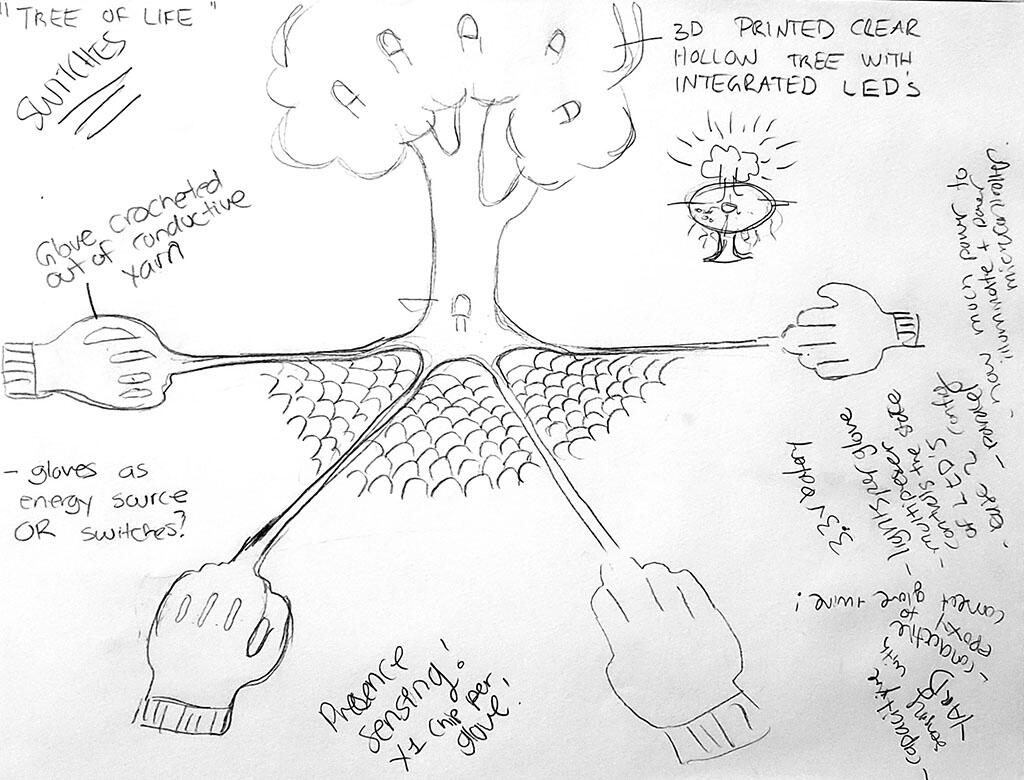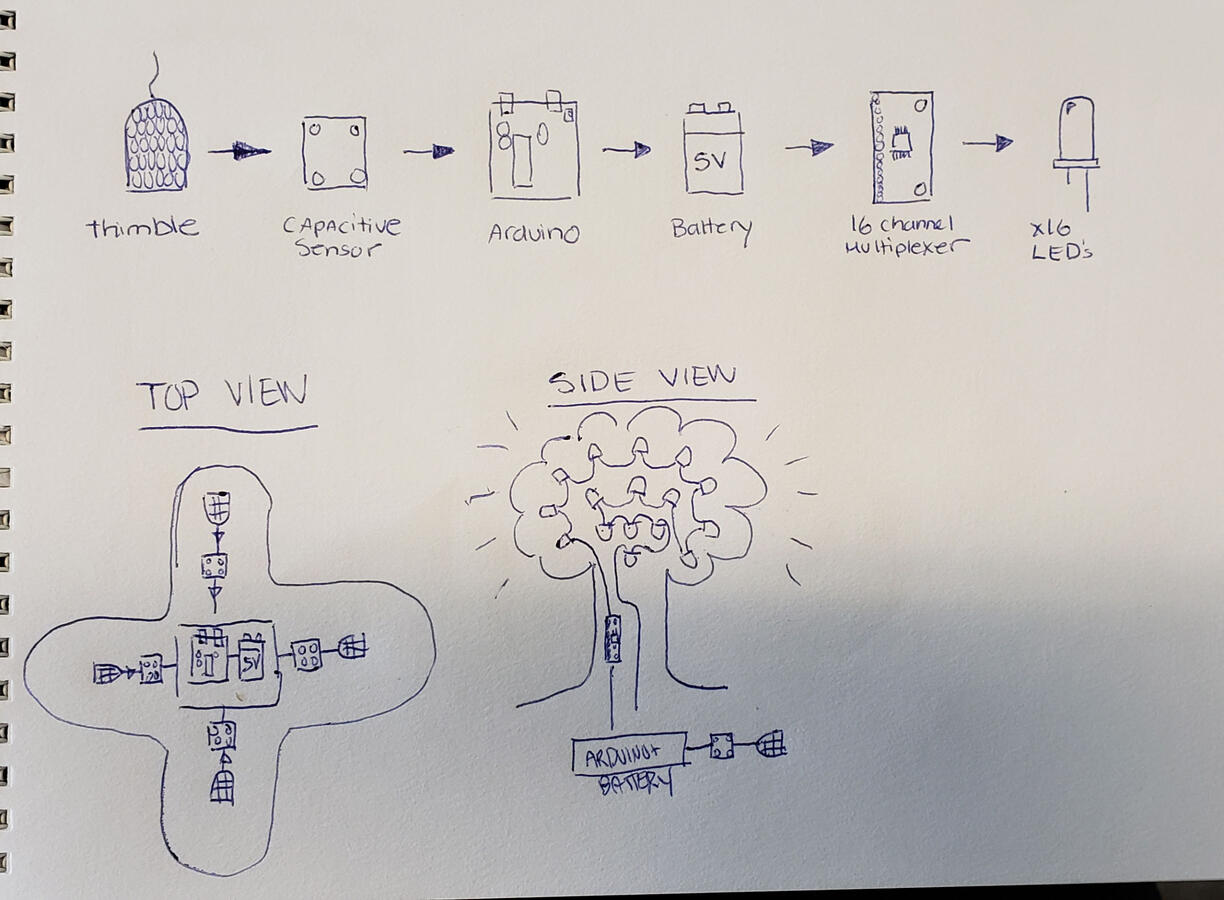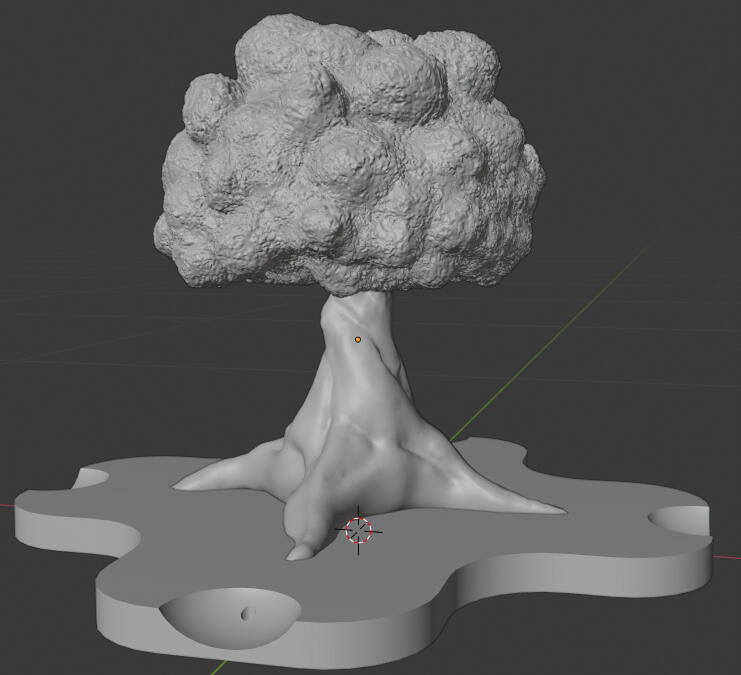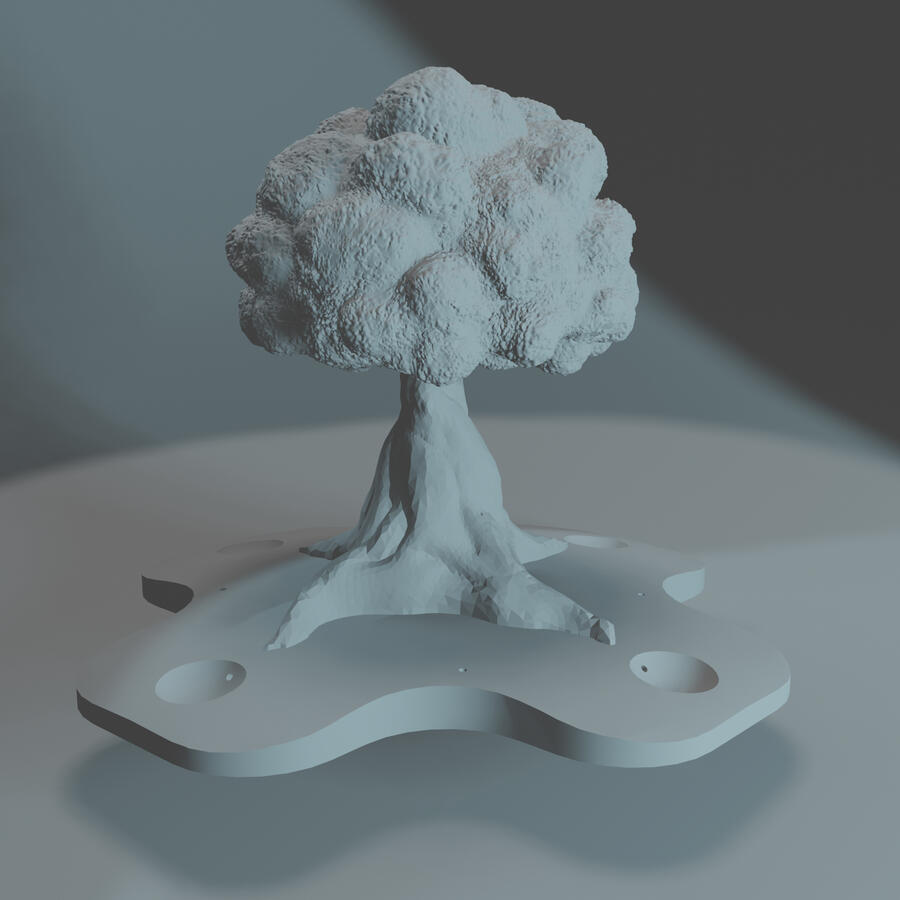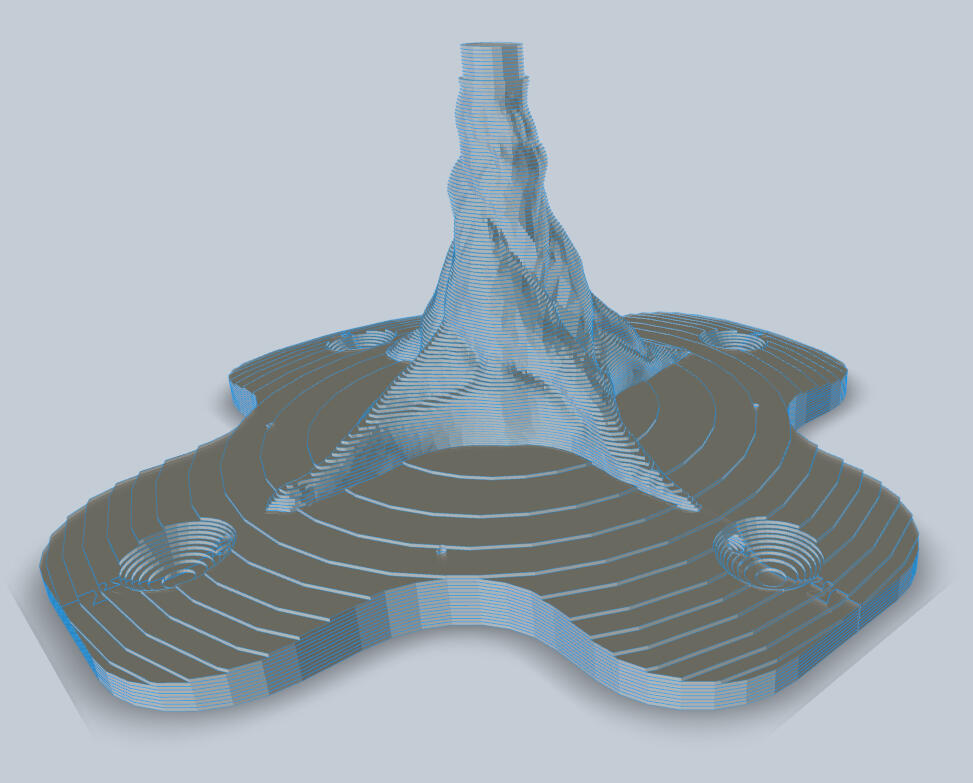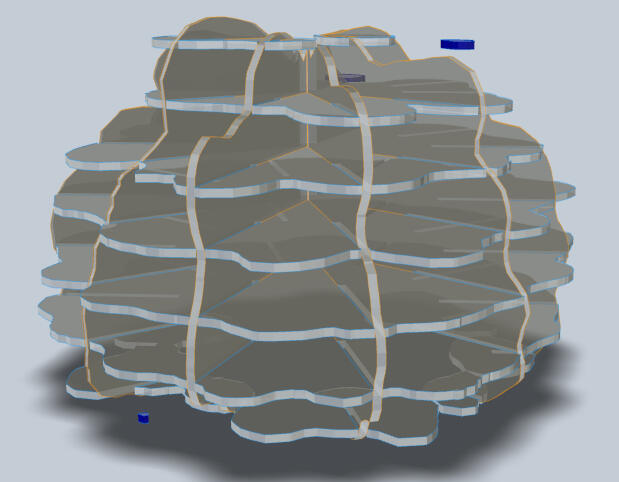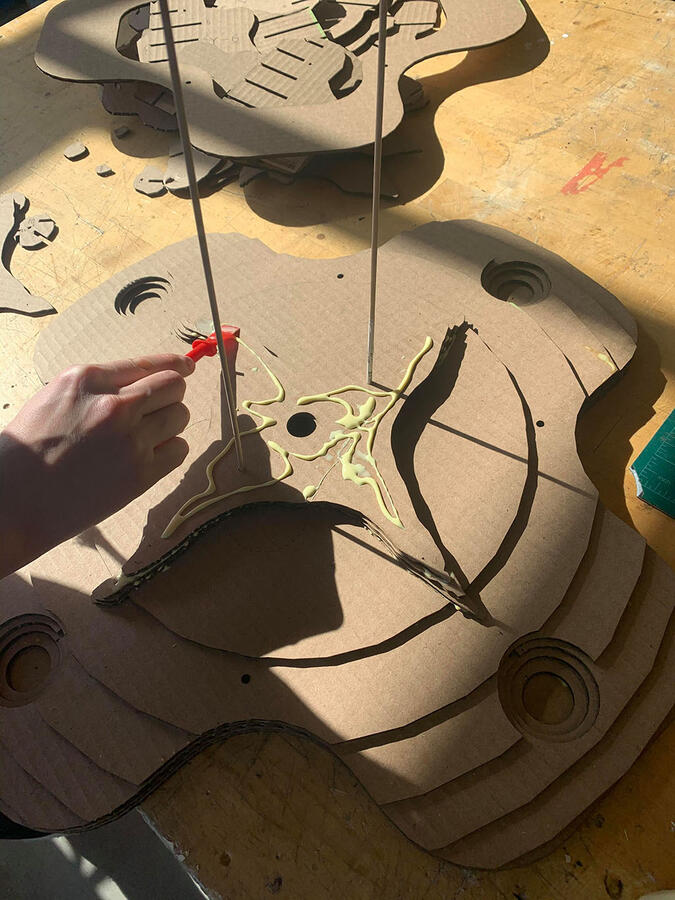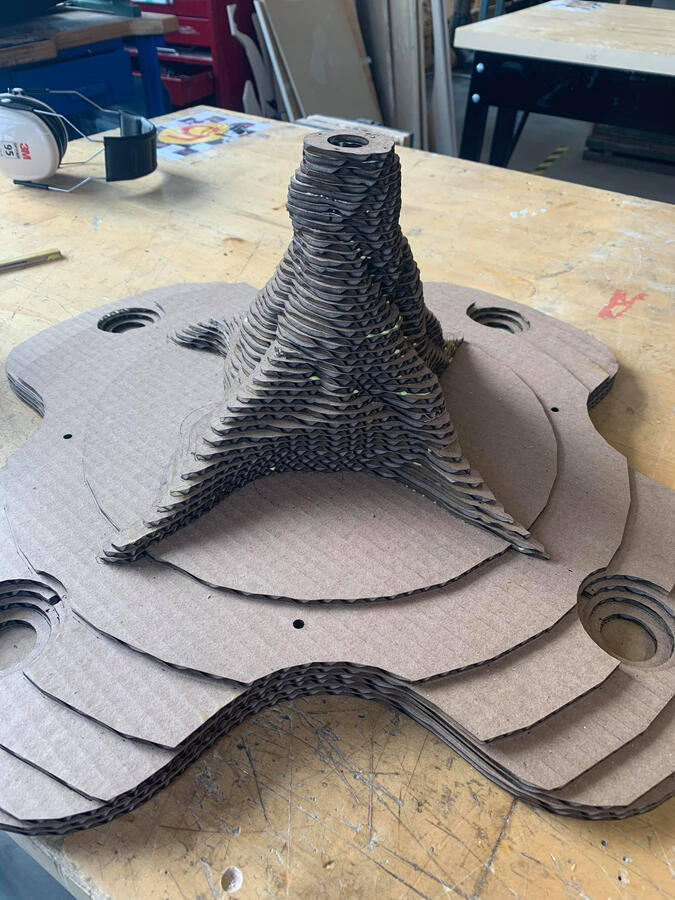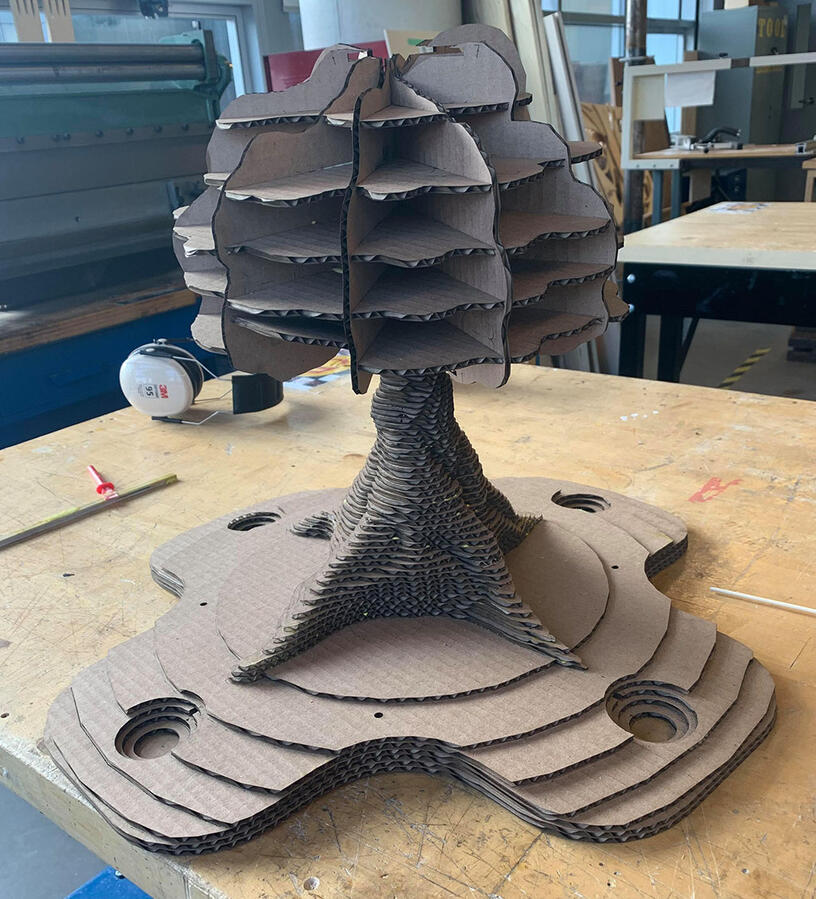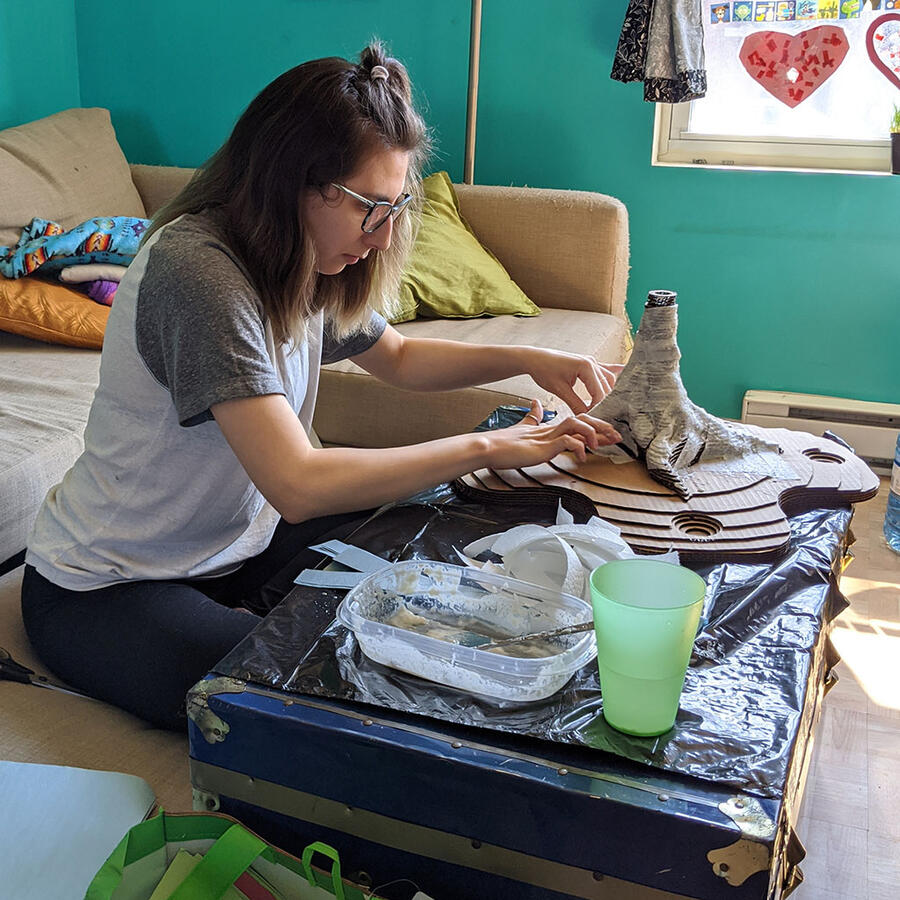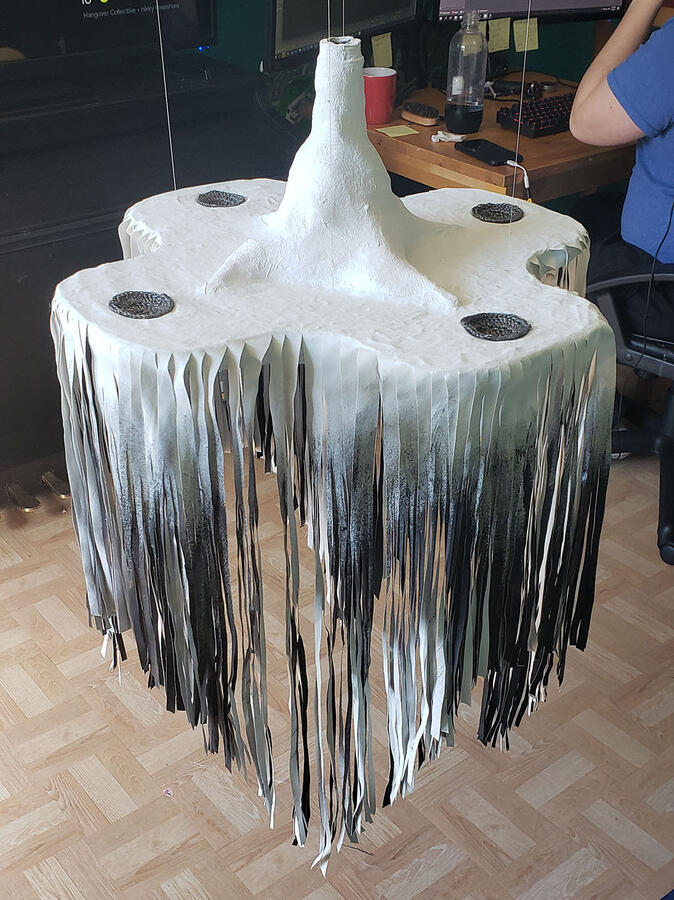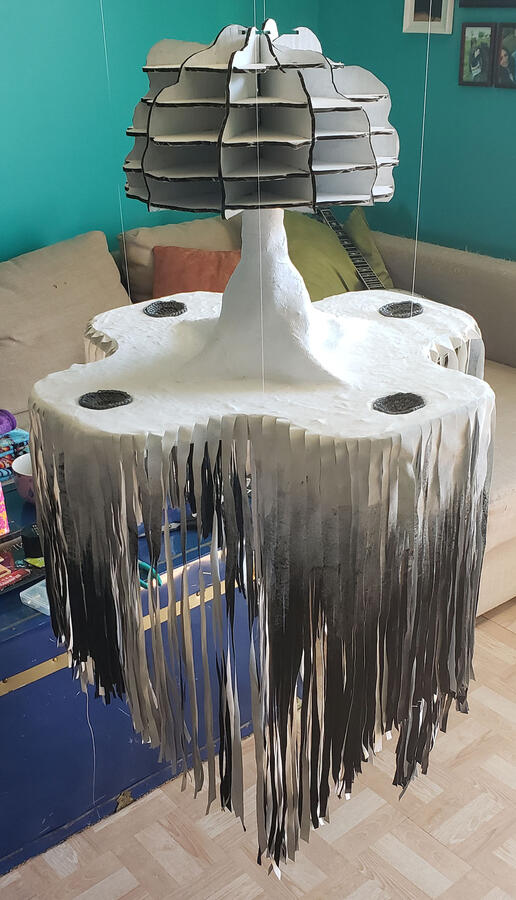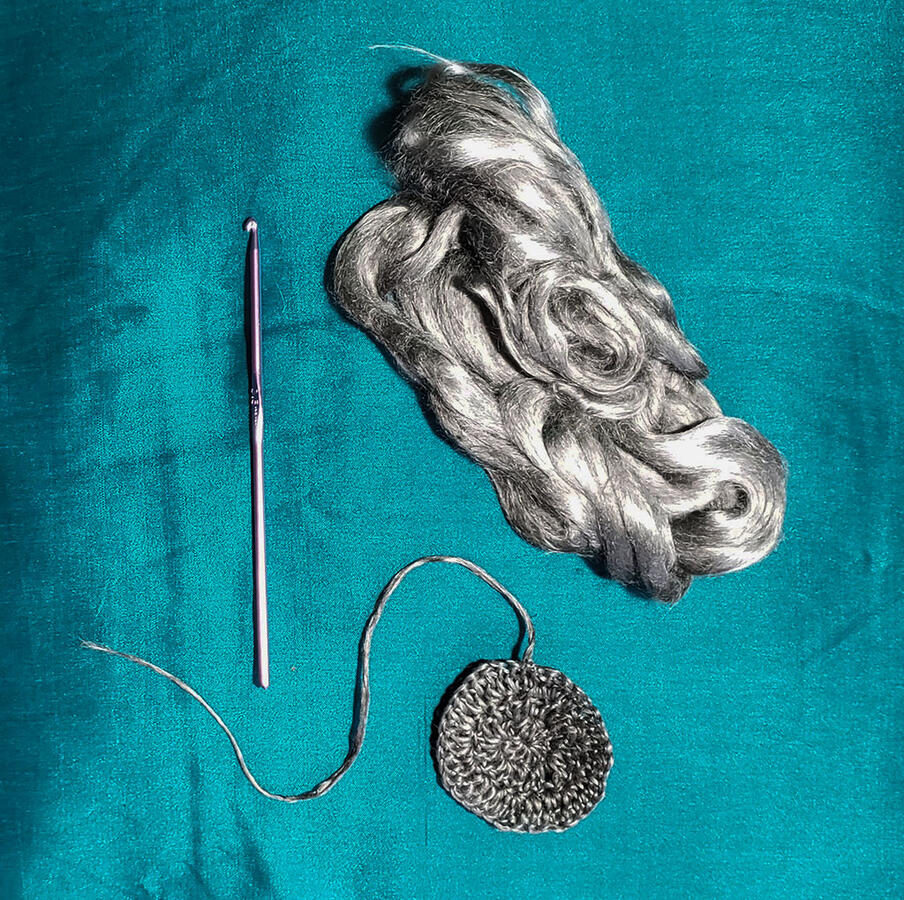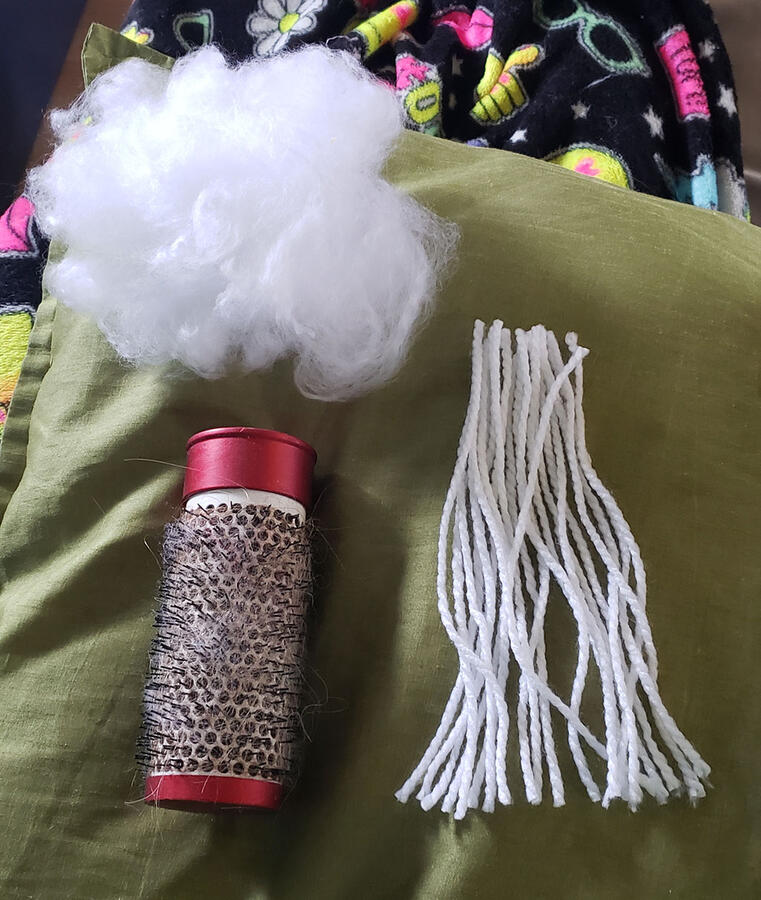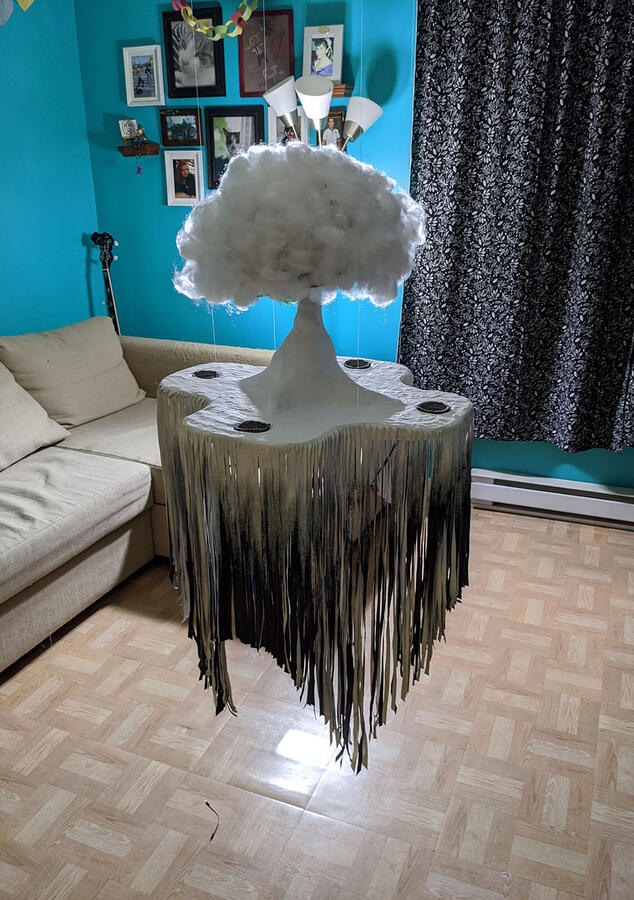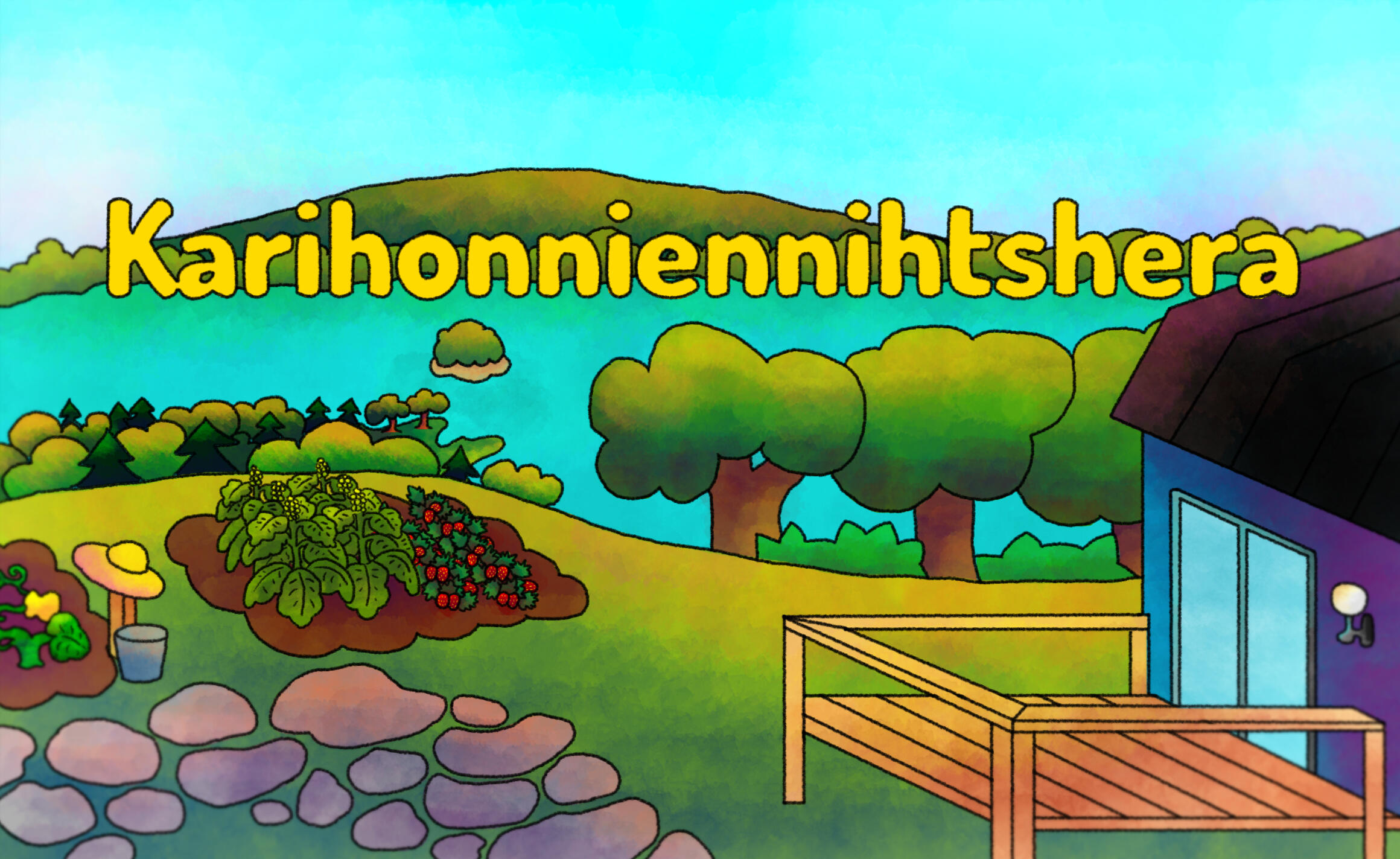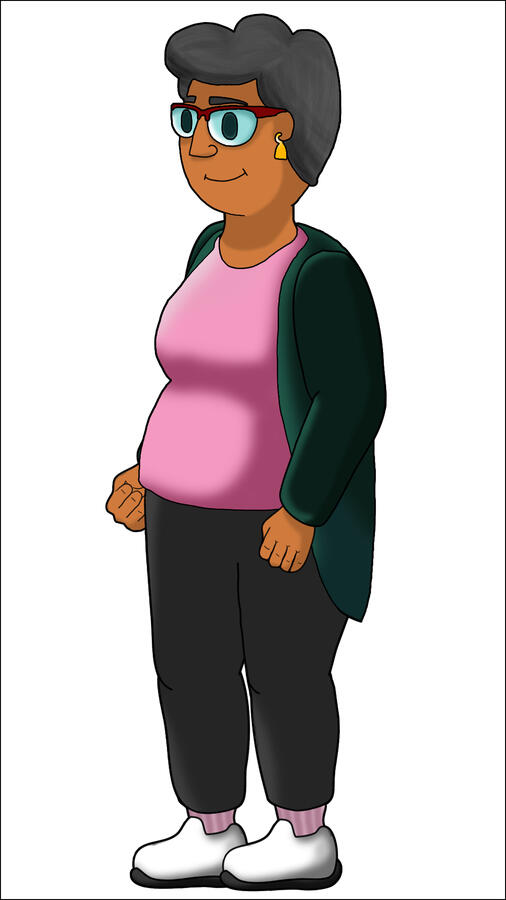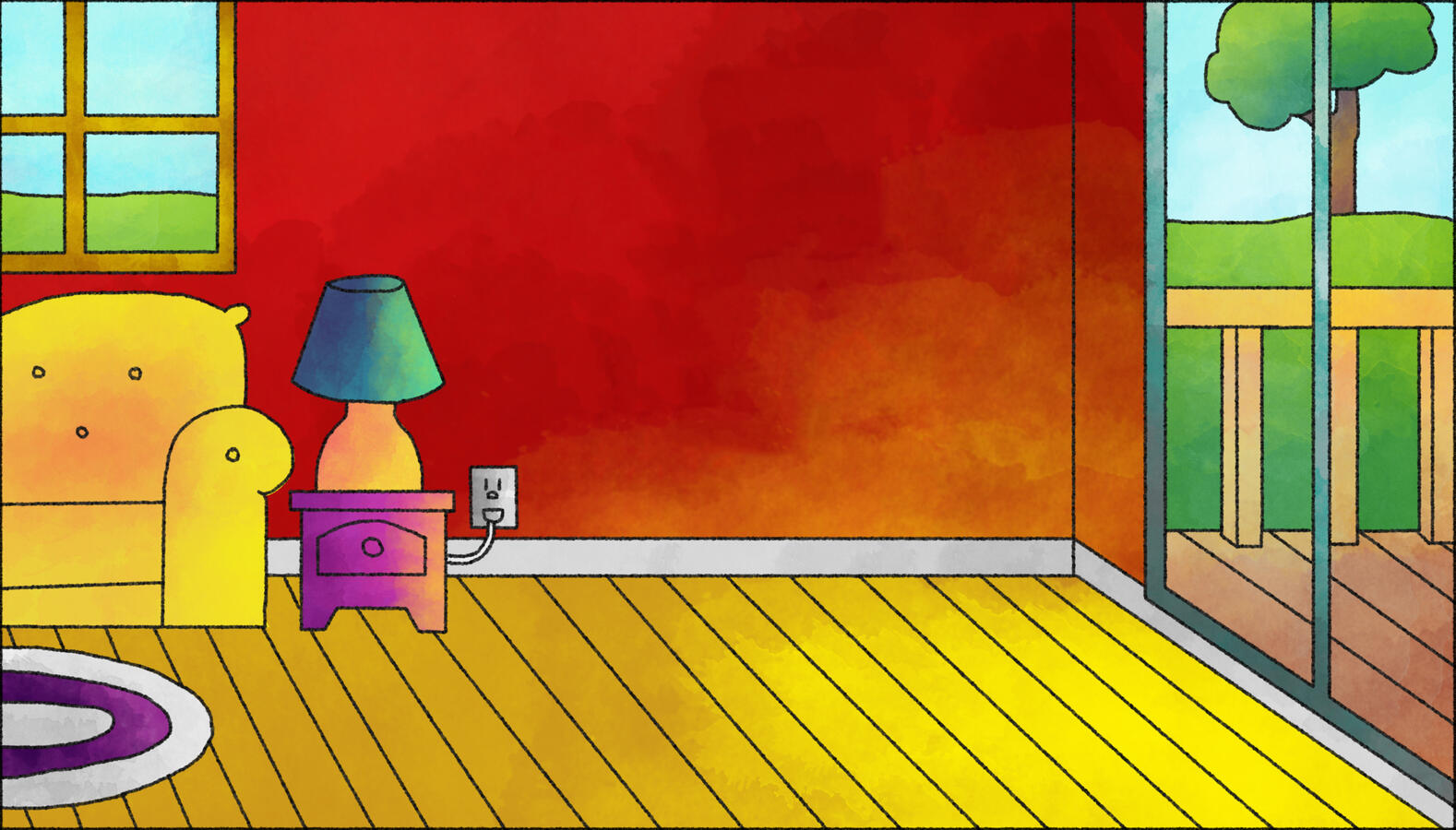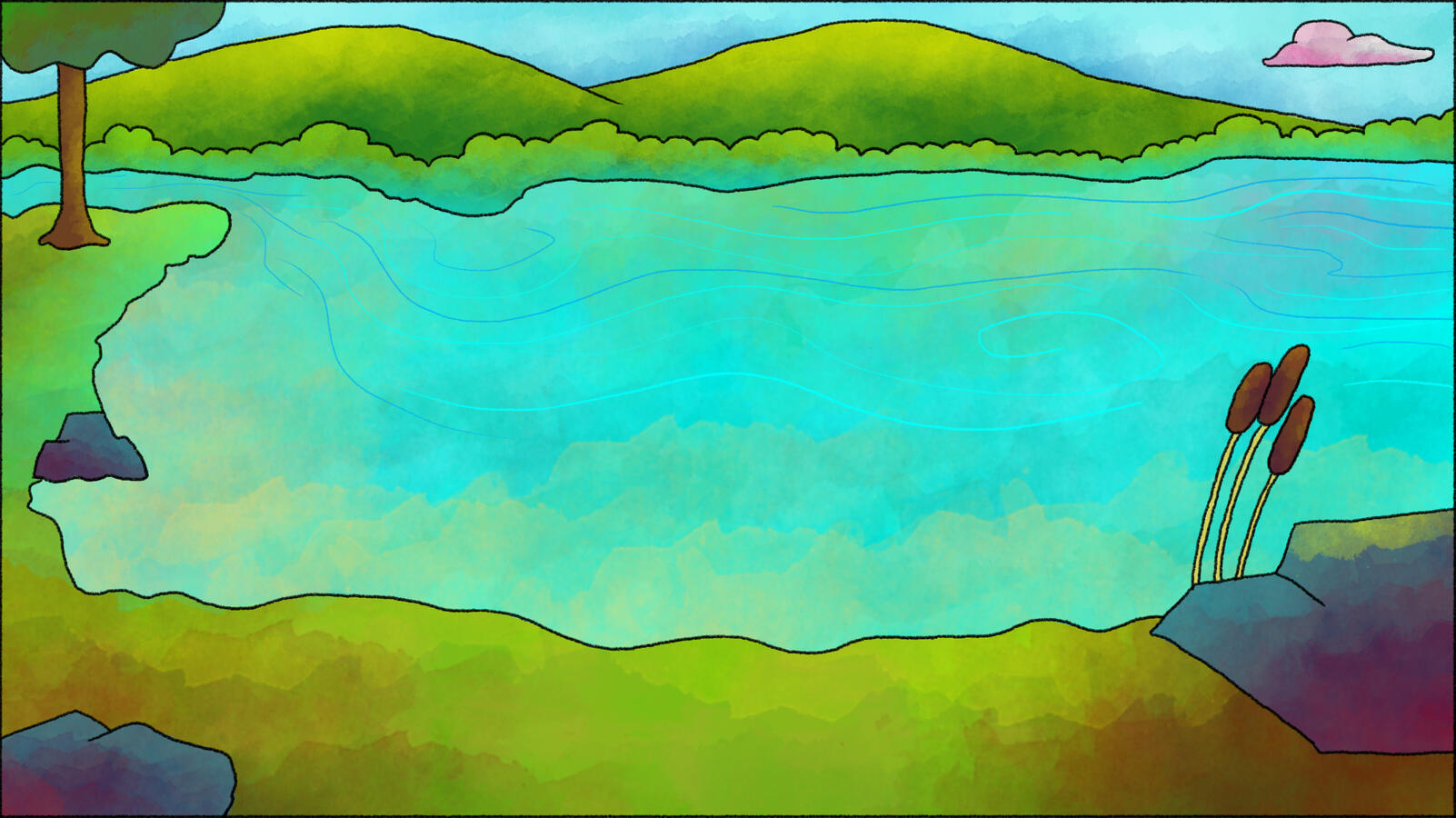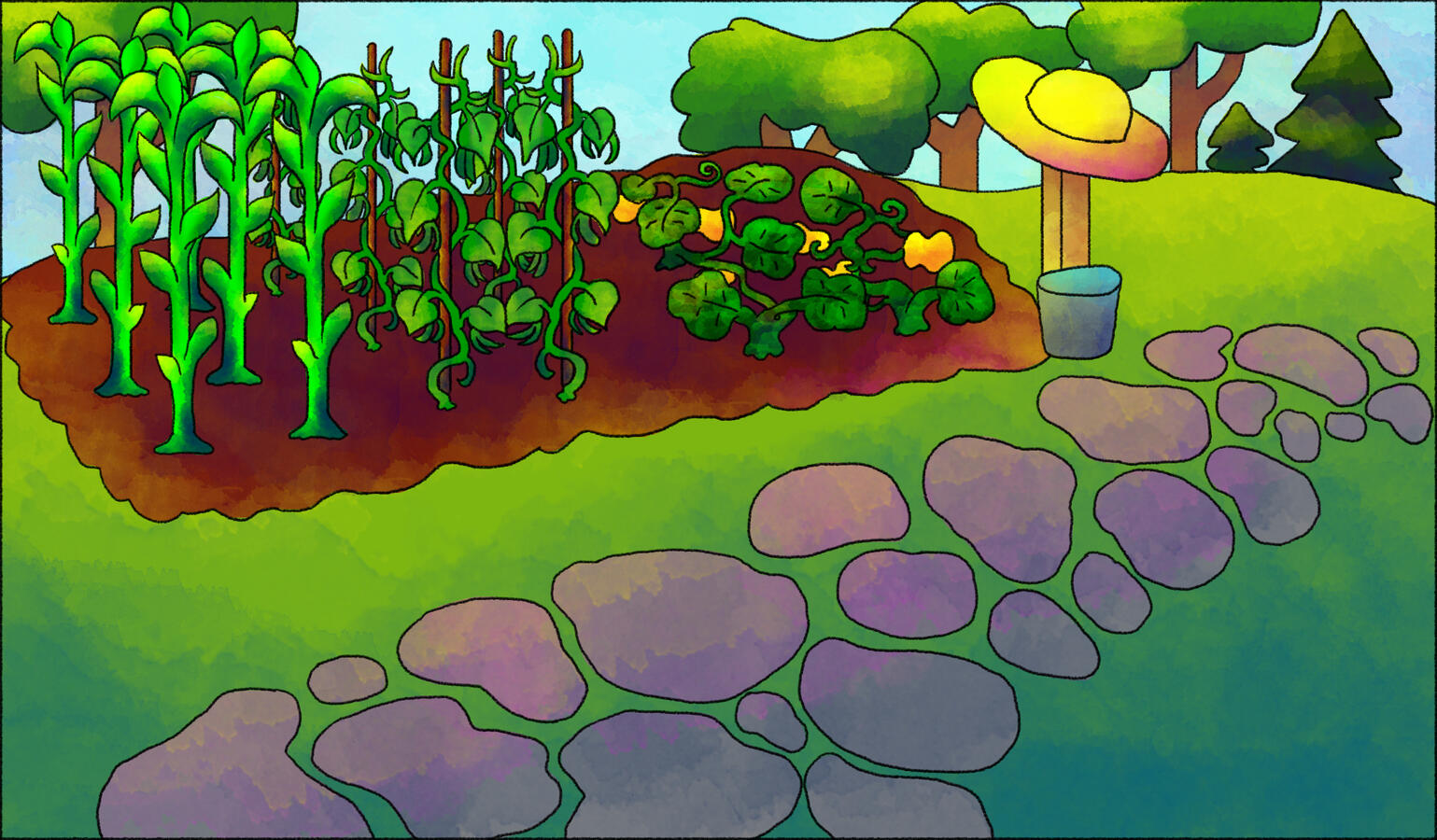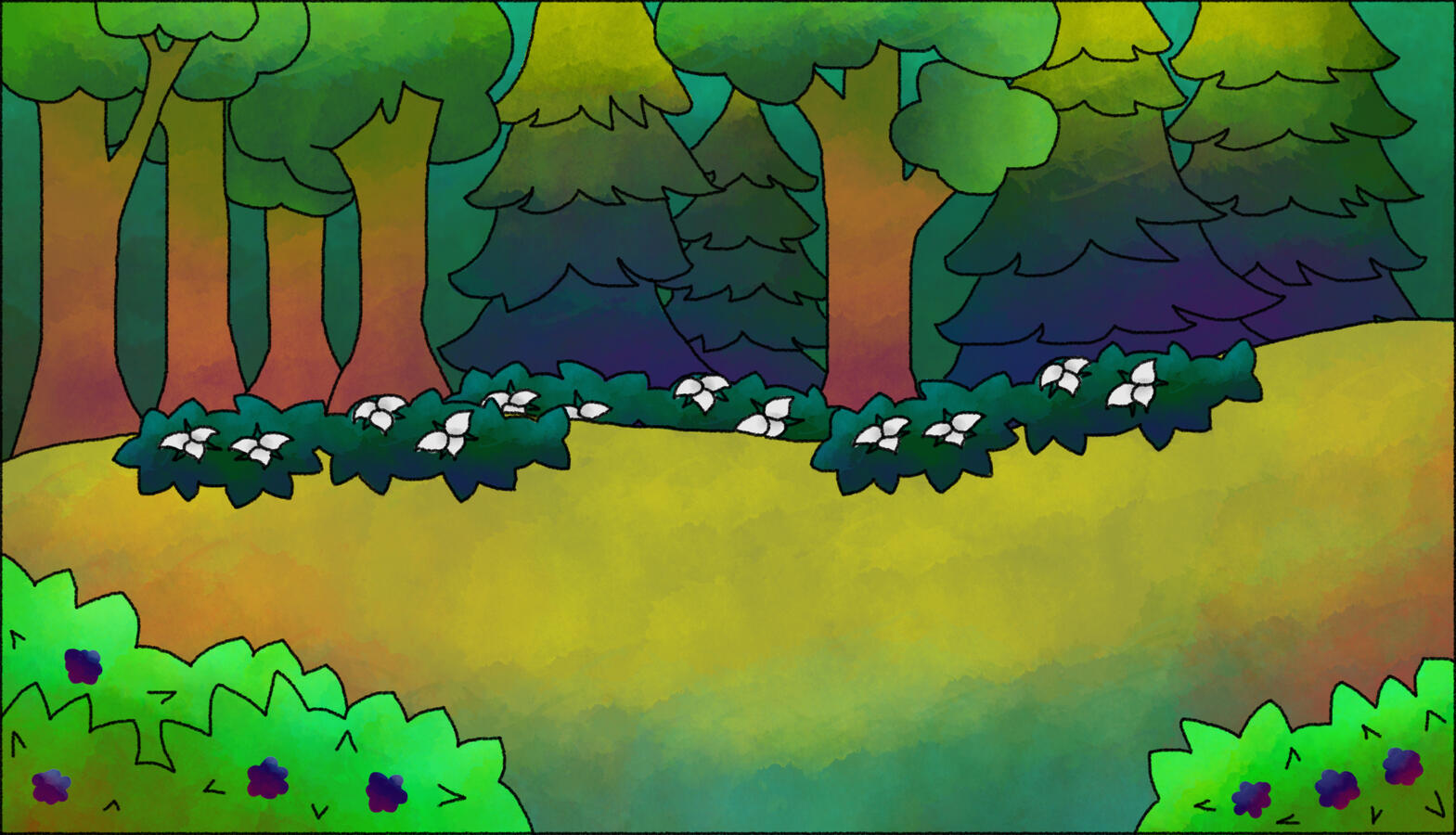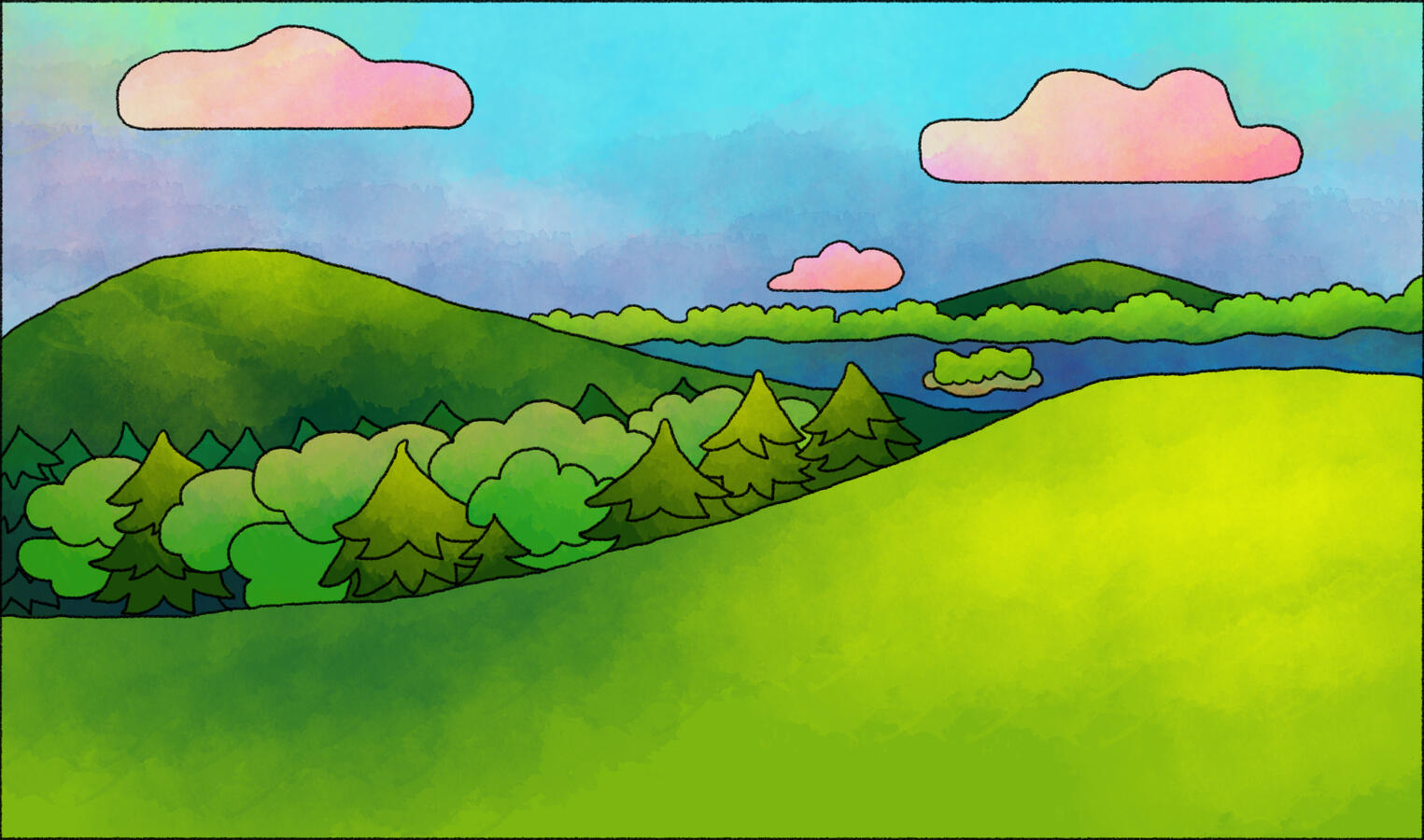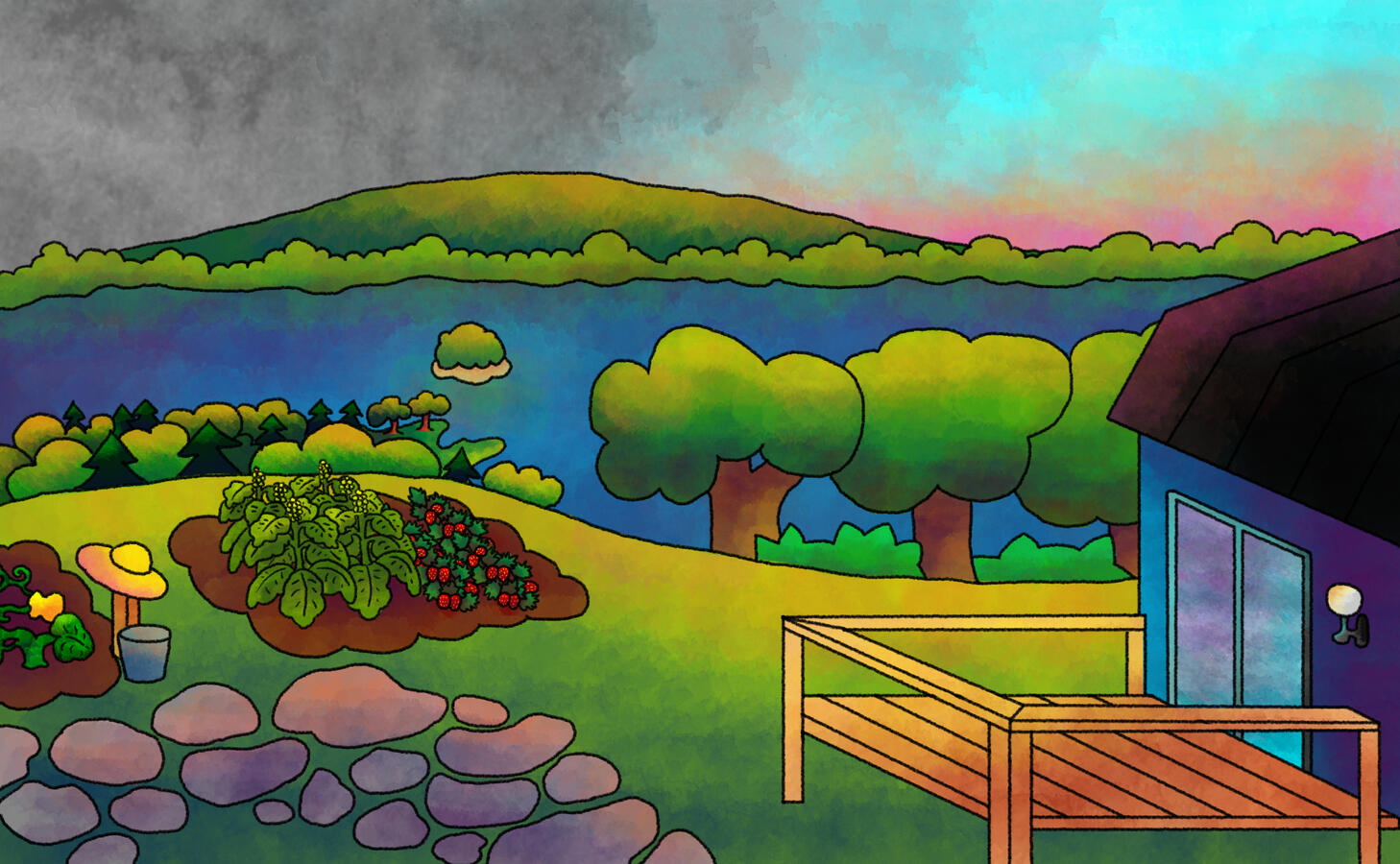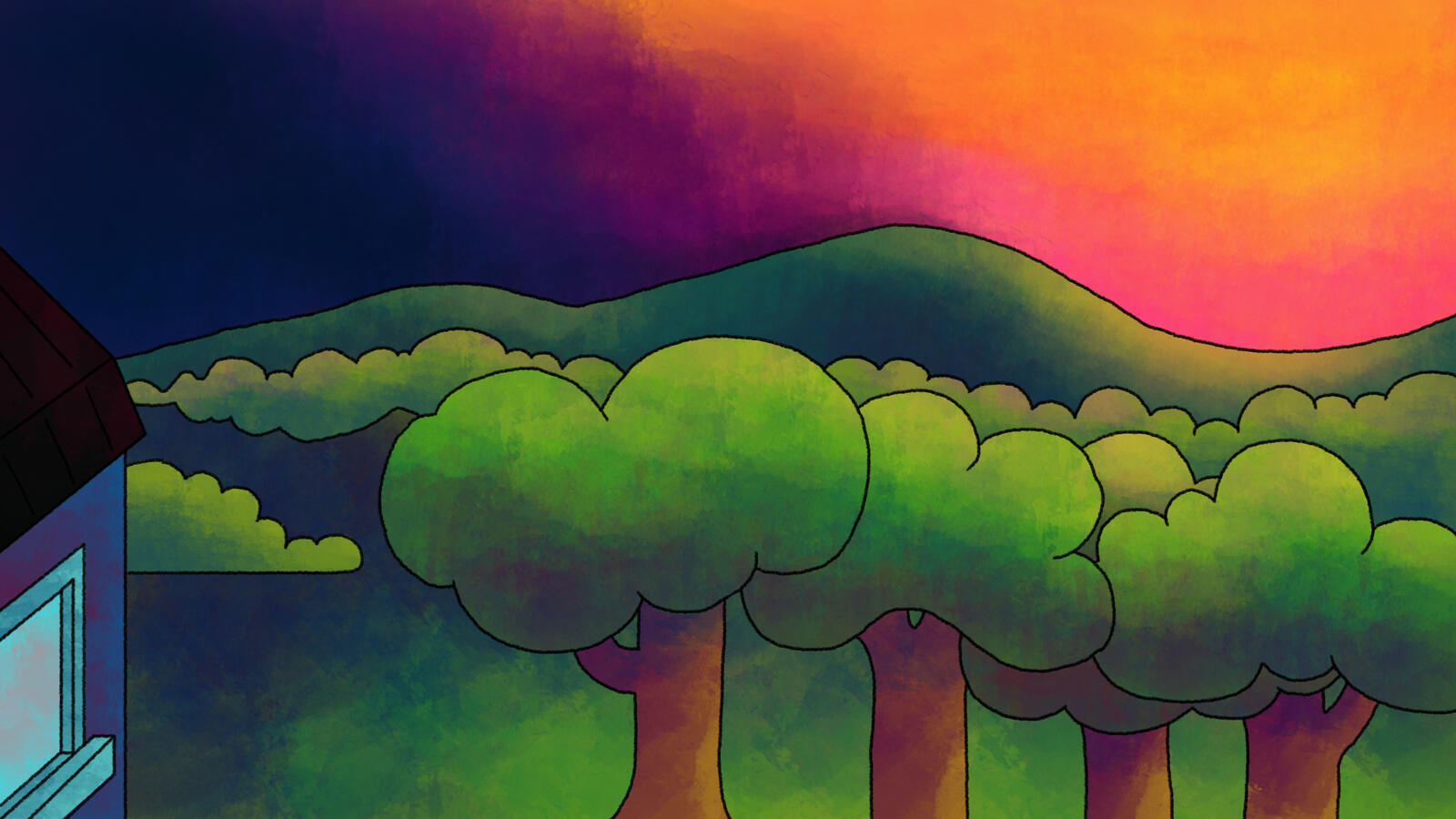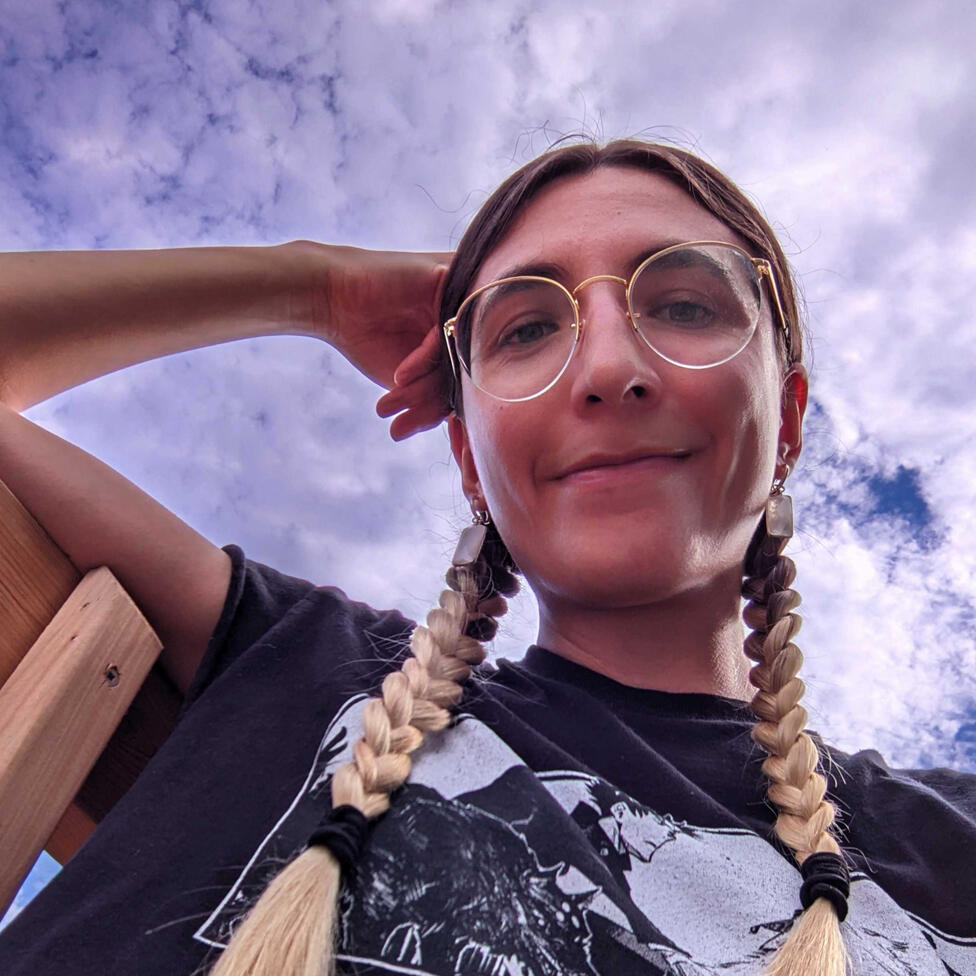
Kahentawaks Tiewishaw
Multidisciplinary Artist
about
Hi! My name is Kahentawaks Tiewishaw, I’m bear clan, and I come from a traditional Kanien’kehaka family in Kanehsatake. My early years were spent attending Kanien’kehá immersion school, growing traditional medicines, and practicing ceremonies. These experiences granted me both a strong sense of cultural identity and responsibility, and they inform much of my artistic practice today.My professional and academic careers have been broad and varied. I explored my passion for drawing and painting at Dawson College, where I graduated with a DEC in Cinema/Video/Communications in 2013. After graduating I worked as a sculpture designer at Mega Bloks for nearly 4 years.During my time with the company I created several large brick sculptures that were shown at Comic Con, Pax, and the Montreal Museum of Fine Arts. Eventually I left Mega Bloks in order to study Computation Arts at Concordia University. This program facilitated the development of my 3D modeling skills, and I was soon recruited for a Research Assistant position at Aboriginal Territories in Cyberspace, and the Initiative for Indigenous Futures.While working as an RA, I was an instructor in several Skins Workshops. The goal of these workshops was to share digital media production skills with the next generation of Indigenous youth. These skills would allow them to create things like video games and machinima in order to tell the stories that are most important to them, and their communities. Having the opportunity to teach in these workshops was incredibly meaningful for me. This is because I was a participant in the very first Skins Workshop at Kahnawake Survival School back in 2008.In January of 2019, I was awarded one of Concordia’s Milieux Undergraduate Fellowships. This opportunity allowed me to create my first mobile game entitled Karihonniennitshera. The game went on to be exhibited at the imagineNATIVE Film and Media Arts Festival in October of 2019.In 2020 I graduated from Concordia’s Computation Arts program with distinction. I continued my work with AbTeC & IFF, and was soon promoted to Skins Workshop Associate Director. In addition to instructing in the workshops, I was now in charge of planning and executing them.While working as the Skins Workshop Associate Director, I also started Revital Software alongside my sister Wennekerakon Tiewishaw, and best friend Frederyk Kowalczyk. We specialize in the creation of Indigenous language learning games, and peripheral resources.Moving forward I am deeply interested in video games as a vehicle for indigenous culture & experience, as well as their capacity to facilitate the healing of intergenerational trauma.
art
3D models & environments

Low Poly Girl 01

Low Poly Girl 02
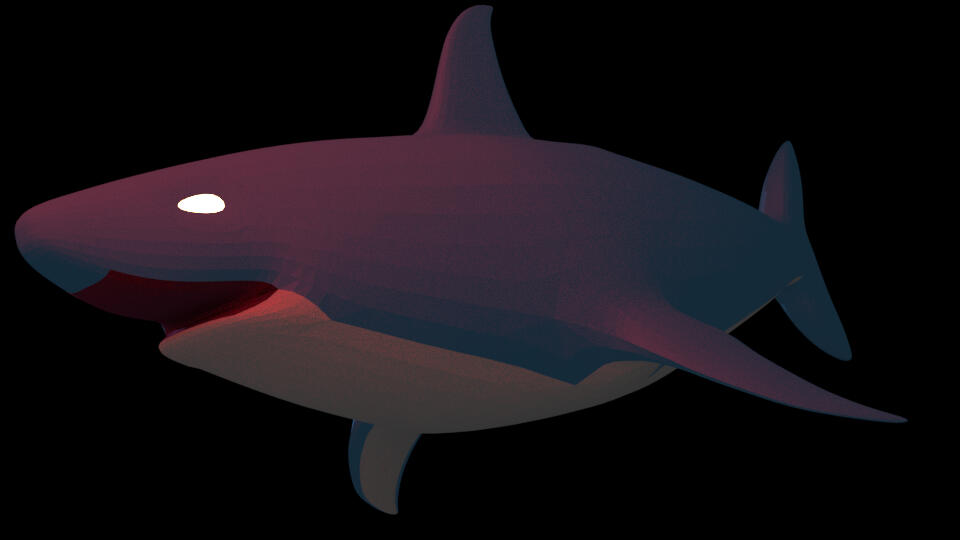
Low Poly Shark 01
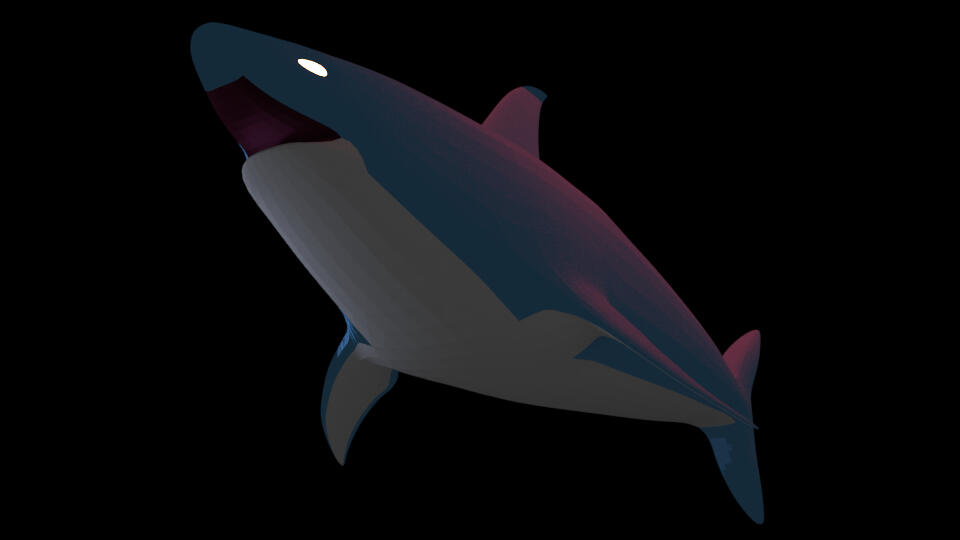
Low Poly Shark 02

Arctic Poppy - For NFB

Lingonberry Plant - for NFB

Lily of the Valley - For NFB

Chrome Thunderbird - for Scott Benesiinaabandan

UFO - for Scott Benesiinaabandan

Bedroom 01

Bedroom 02

Logo - For Uncle Pho Knows Solutions
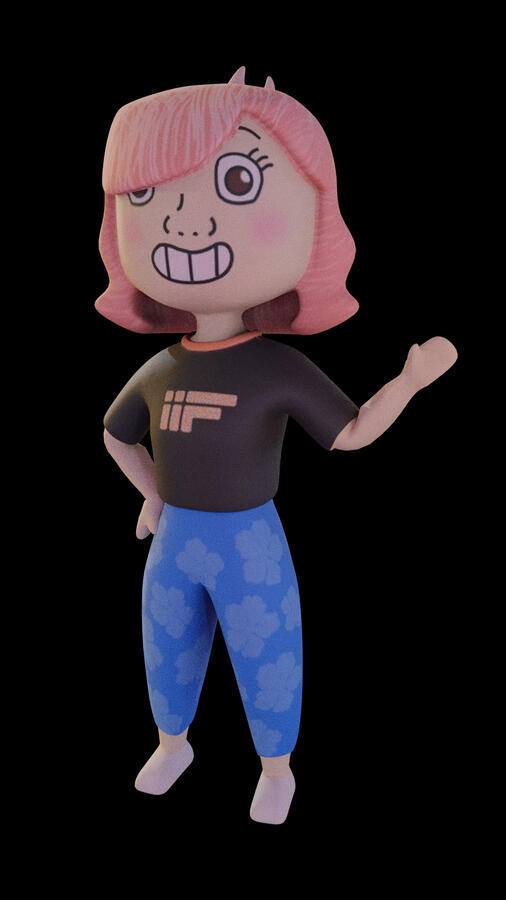
Abbi 3D Model

Abbi 3D Print

Greebles

Greebles Kit Bash

Rocks 01

Rocks 02

Realistic Environment

Sage - for Scott Benesiinaabandan
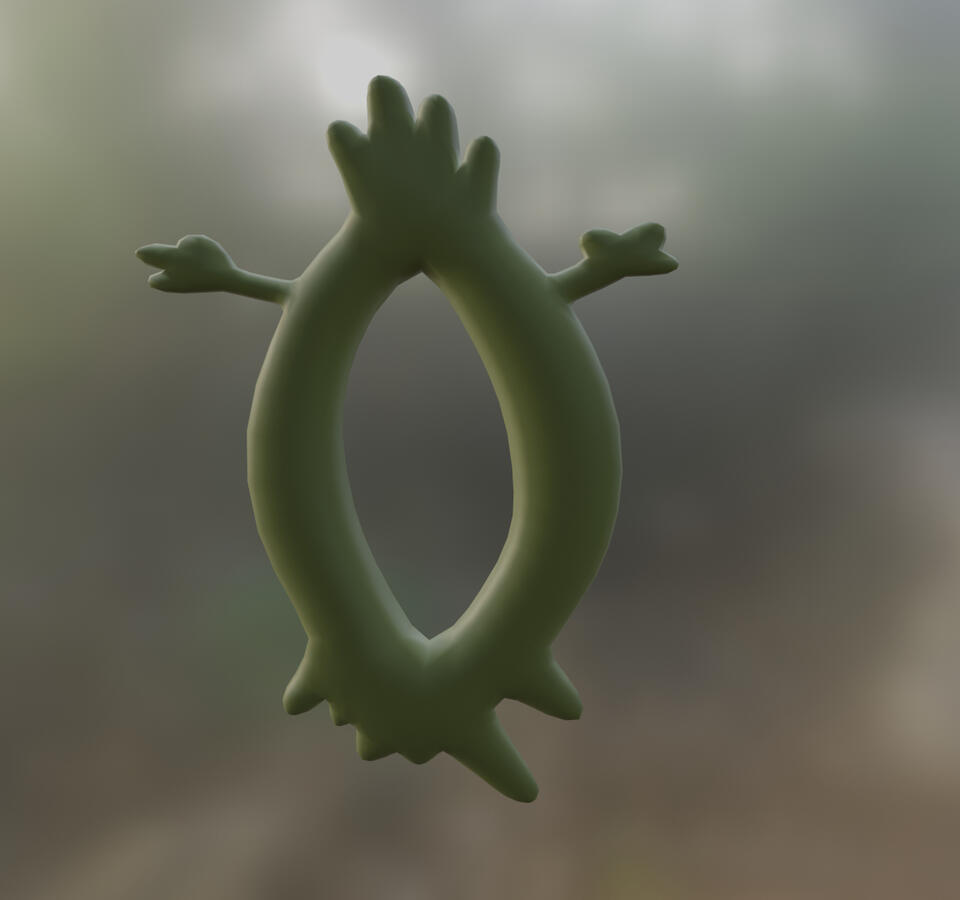
Sky - for Scott Benesiinaabandan

SkyBlue - for Scott Benesiinaabandan
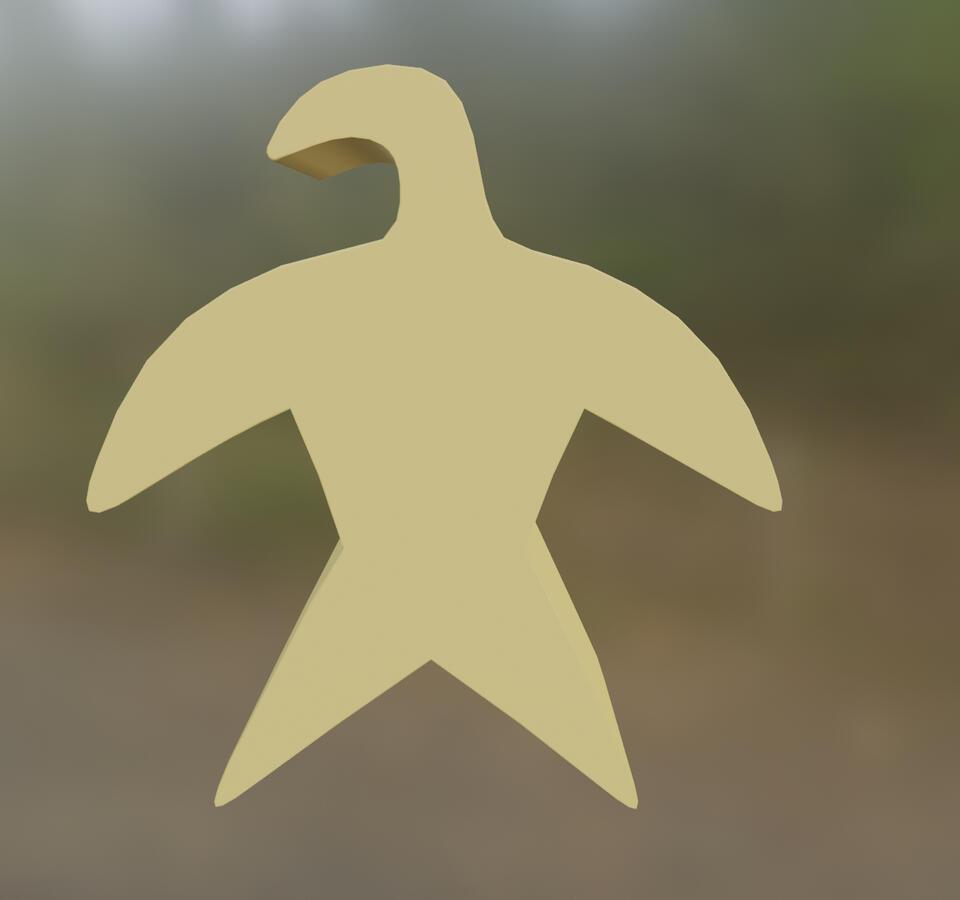
Thunderbird - for Scott Benesiinaabandan
digital paintings & drawings

Arisawe - Character Sprite

Dorm Room - 2D Game Environment

Canteen - 2D Game Environment

Book Store - 2D Game Environment

Atrium - 2D Game Environment

Garden Path - 2D Game Environment

Store Interior Mockup

Store Exterior Mockup

New Beachfront Property

Future Cities

New Worlds

Duality

Departure

Return

Dragon Dwarf

Drawing 01

Figure 01

Figure 02

Watch

Montreal BLM Mural

CULT MTL - Magazine Cover Art
Sculpture
projects
Ne Ki Rotiienáon (their legacy)
2020
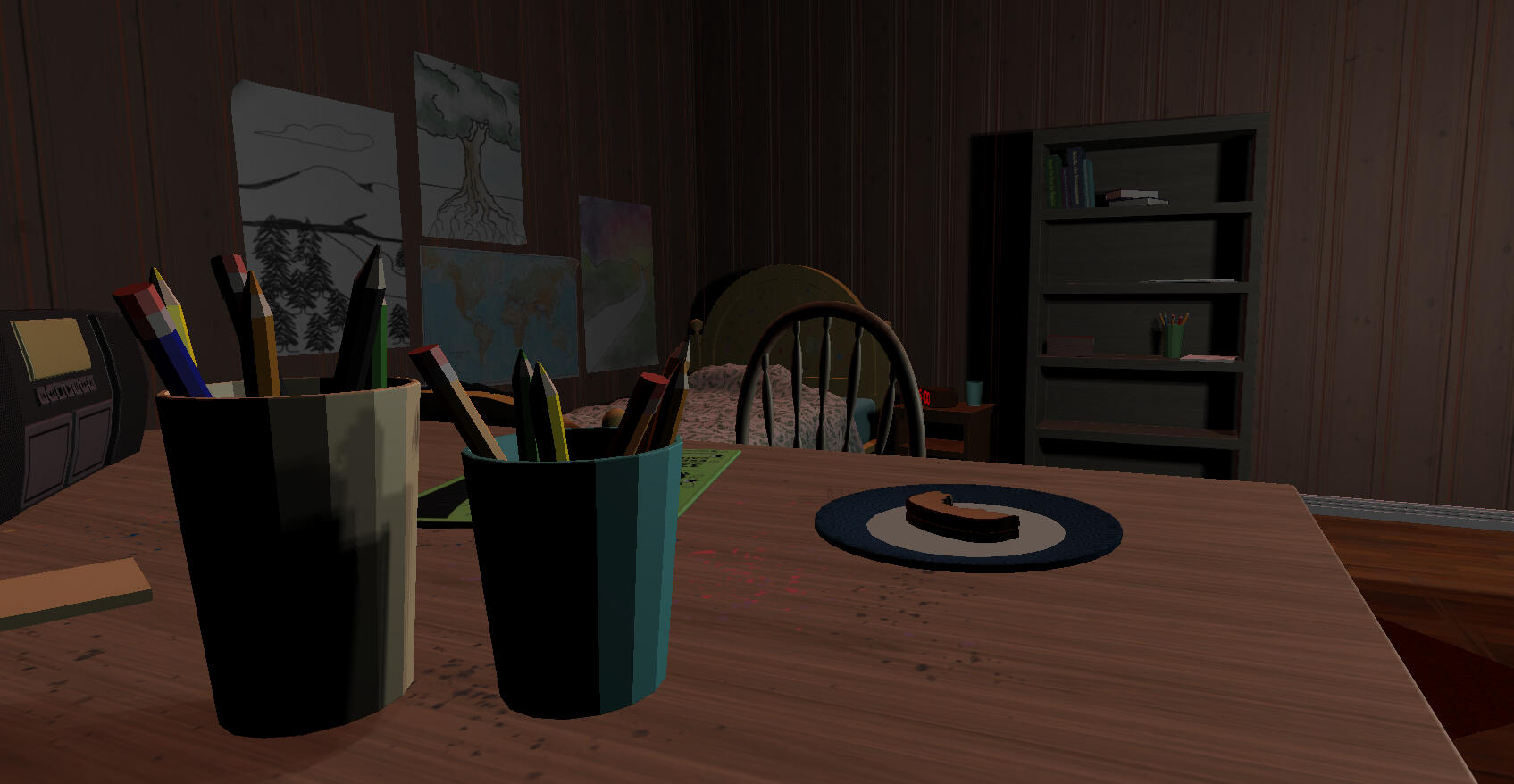
Ne Ki Rotiienáon’ is an immersive VR experience for the Oculus Quest that allows you to glimpse into the life of an Indigenous foster child. By interacting with specific items in the scene, the player gradually pieces together the child’s story.Canadian residential schools were government sanctioned institutions that removed indigenous kids from their families, language, and culture. The goal of these schools was to forcibly assimilate indigenous children into non-native society. The last of these institutions closed its doors in 1996. However, the trauma inflicted by this system has lasted for generations.Many of the children who attended residential school endured severe emotional and physical abuse. These experiences were extremely traumatic, causing survivors to develop a myriad of mental health problems. Reservations and territories alike were ill-equipped to deal with such a colossal mental health crisis. The lack of support and rehabilitation resources caused many survivors to adopt unhealthy coping mechanisms. These mechanisms negatively affected both survivors, and their families.Instead of offering to rehabilitate those affected by their institutions, the Canadian government continues to reenact the very thing that caused this situation in the first place: the removal of native children from their families and their communities. Although indigenous children only account for 7.7% of Canada’s child population, 52.2% of all kids in foster care are indigenous. Additionally, these children are most often placed with non-native foster families.This issue affects both indigenous people living in Canada, and across the globe. The foster care system is the residential school of today.
Development Team
Kahentawaks Tiewishaw - 3D modeling, texturing, sound, & story
Frederyk Kowalczyk - Programming & mechanics
Wennekerakon Tiewishaw - Voice acting
Tree of Life
2020
What would we discover if we were to examine the very roots of the climate crisis? Which domino started the cascade of events that brought us to this particular crossroads? According to American historian Lynn White, we would find medieval Christian values:“By gradual stages a loving and all-powerful God had created light and darkness, the heavenly bodies, the earth and all its plants, animals, birds, and fishes. Finally, God created Adam and, as an afterthought, Eve to keep man from being lonely. Man named all the animals, thus establishing his dominance over them. God planned all of this explicitly for man’s benefit and rule: no item in the physical creation had any purpose save to serve man’s purposes. And, although man’s body is made of clay, he is not simply part of nature: he is made in God’s image.” - from The Historical Roots of Our Ecologic CrisisWhite argues that the founding fathers of “Western Science” were informed by these beliefs, and therefore imbued them into the technologies they created. This resulted in the pervasive attitude that progress must come at the expense of the natural world. By that logic our current environmental situation cannot be solved by throwing more of the same science and technology at it. The real solution would involve a radical paradigm shift regarding humanity’s position in relation to nature. We must cease to think of ourselves as the rulers of nature, and instead consider ourselves as one small part of it. Once this has been accomplished it will facilitate the creation of the new scientific method, one that is not willing to compromise on the well being of the planet.Letting go of such an entrenched worldview is not going to be easy. This is because people often conflate historical precedent with credibility. Therefore we must find a replacement that has existed alongside the existing system of values, yet is considerably less anthropocentric. According to Professor Jason Lewis, indigenous perspectives are perfectly positioned to inform sustainable scientific & technological practices:“Man is neither height nor centre of creation. This belief is core to many Indigenous epistemologies. It underpins ways of knowing and speaking that acknowledge kinship networks that extend to animals and plants, wind and rocks, mountains and oceans. Indigenous communities worldwide have retained the languages and protocols that enable us to engage in dialogue with our non-human kin, creating mutually intelligible discourses across differences in material, vibrancy, and genealogy.” - from Making Kin With MachinesIndigenous peoples have historically been at the forefront of environmental activism. This is because we have known for centuries what the rest of the world is only realizing now: If we do not take care of the earth, the earth will not take care of us. It’s that simple. So perhaps the time has come for the world to not only reconcile with it’s indigenous peoples, but to listen and learn from them as well.This sculpture project is about everything we stand to gain from reconnecting with nature.

Concept Sketch

Electronics Diagram
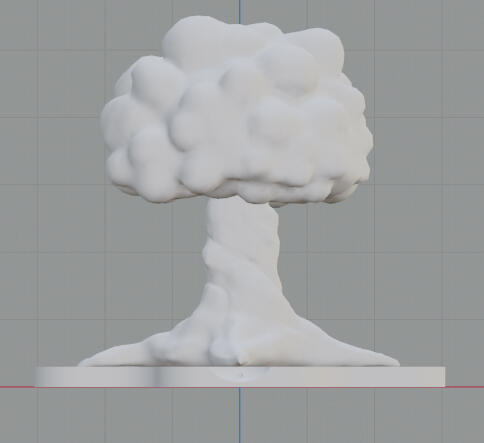
3D Tree 01
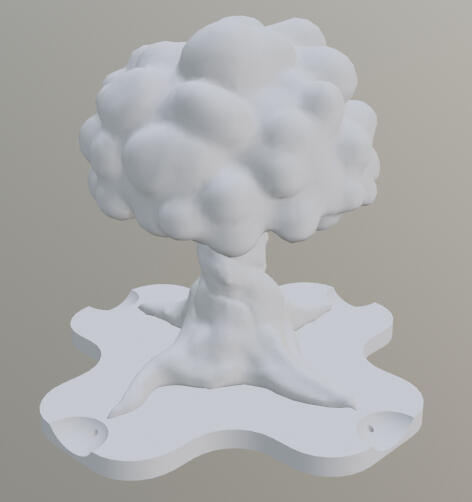
3D tree 02

3D tree 03

3D tree 04

Tree Trunk Sliced

Tree Top Sliced

Tree Assembly 01

Tree Assembly 02

Tree Assembly 03

Tree Assembly 04

Tree Assembly 05

Tree Assembly 06

Tree Assembly 07

Conductive yarn crochet pads

brushed yarn

Completed Tree 01

completed tree 02
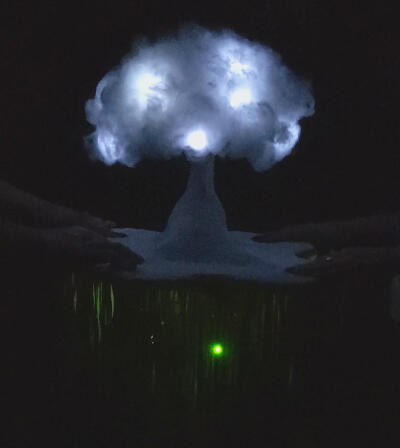
completed tree 03
Development Team
Kahentawaks Tiewishaw - Design & Construction
Chloé Fraïlé-Boudreault - Documentation
Felix Wawrosz - Electronics
Karihonniennihtshera (teachings)
2019
Karihonniennihtshera (Teachings) is an interactive storybook application. In other words, a game! Its purpose is to serve as a language learning tool for both Kanien’kehá:ka children, and their parents. It is playable in both English and Kanien'keha. This project came about when I was awarded Concordia University's Milieux Undergraduate Fellowship in the winter of 2019. This fellowship granted me a certain amount of money to fund a research creation project. I decided to use this opportunity to make something that would benefit my community, as well as myself.I made this app because I remember what it was like to be an English speaking kid trying to learn my traditional language. Despite being enrolled in Mohawk immersion school, the language was very difficult to retain because there was no way for me to practice at home. As is often the case, there were very few members of my family who could actually speak Mohawk. My hope for this app is that it contributes to solving that problem for the next generation.Ideally, this app will serve as a jumping off point. If there is enough interest from schools/individuals, I would be more than happy to create all kinds of applications! Imagine being able to pick from a digital library of stories and games, all playable in Kanien’keha! If we strive to incorporate traditional knowledge with new technologies, the possibilities are endless.
Development Team
Kahentawaks Tiewishaw - Art & animation
Frederyk Kowalczyk - Programming
Skanaié:'a Deer - Translation

Karihonniennihtshera Sprites

Tota Sprite

Ietsistohkwaroroks Sprite

Karihonniennihtshera Background 01

Karihonniennihtshera Background 02

Karihonniennihtshera Background 03

Karihonniennihtshera Background 04

Karihonniennihtshera Background 05

Karihonniennihtshera Background 06

Karihonniennihtshera Background 07

Karihonniennihtshera Background 08

Karihonniennihtshera Background 09
workshops
Extended 7th Gen Character Design | Black Community Resource Centre | AUGUST 29TH - 30TH, 2022
Game Design with Bitsy | STEAMpunks Summer Camp | AUGUST 11TH, 2022
Interactive Storytelling with Twine | STEAMpunks Summer Camp | AUGUST 5TH, 2022
7th Gen Character Design | STEAMpunks Summer Camp | AUGUST 2ND, 2022
Imagining Indigenous Worlds with Unity | Northern Arts and Cultural Centre | APRIL 25TH - 29TH, 2022
7th Gen Character Design | Northern Arts and Cultural Centre | APRIL 20TH, 2022
7th Gen Tech Design with Blender | Northern Arts and Cultural Centre | APRIL 11TH - 14TH, 2022
AbTeC Island Tour | Journeys & Crossroads | APRIL 14TH, 2021
Avatar Creation Workshop | Institute for Critical Indigenous Studies UBC | MARCH 30TH, 2021
Game Design with Bitsy | Wemindji Youth Centre | MARCH 25TH, 2021
7th Gen Character Design | Journeys & Crossroads | MARCH 22ND, 2021
7th Gen Character Design | Wemindji Youth Centre | MARCH 18TH, 2021
iYC Machinimagraph Workshop | imagineNATIVE & ENAGB | MARCH - MAY, 2021
Intro to AbTeC | Journeys & Crossroads | FEBRUARY 17TH, 2021
7th Gen Tech Design with Blender | WAMP | FEBRUARY 13TH - 14TH, 20TH - 21ST, 2021
Intro to AbTeC | Wemindji Youth Centre | FEBRUARY 10TH, 2021
Game Design with Bitsy | imagineNATIVE | SEPTEMBER 24TH, 2020
Interactive Storytelling with Twine | imagineNATIVE | SEPTEMBER 17TH, 2020
Intro to Avatar Design | imagineNATIVE | SEPTEMBER 10TH, 2020
7th Gen Character Design | imagineNATIVE | SEPTEMBER 3RD, 2020
7th Gen Character Design | Centre d’exposition de Val-d’Or | SEPTEMBER 30TH, 2019
Seventh Generation Character Design & Intro to Machinima | POP Montreal | JULY 15TH - 19TH, 2019
Seventh Generation Character Design | Kahnawake Survival School | MARCH - MAY, 2018
talks
DWF LIVE Session: Kahentawaks Tiewishaw | JANUARY 19TH, 2022
Games for Change: Developing Indigenous Developers | August 26th, 2021
press
Bringing technology and language together | OCTOBER 25TH 2019
Games offer an alternate, nuanced way to approach the climate crisis | OCTOBER 17TH 2019
Student building mobile tech tools in Kanien’kéha | JANUARY 16TH 2019
Kahentawaks Tiewishaw, Milieux undergraduate fellow! | DECEMBER 14TH 2018
Video game designed based on Mohawk legends | OCTOBER 30TH 2012
Skins 1.0 Otsi: Rise of the Kanien’keha:ka Legends OCTOBER 5TH 2009
